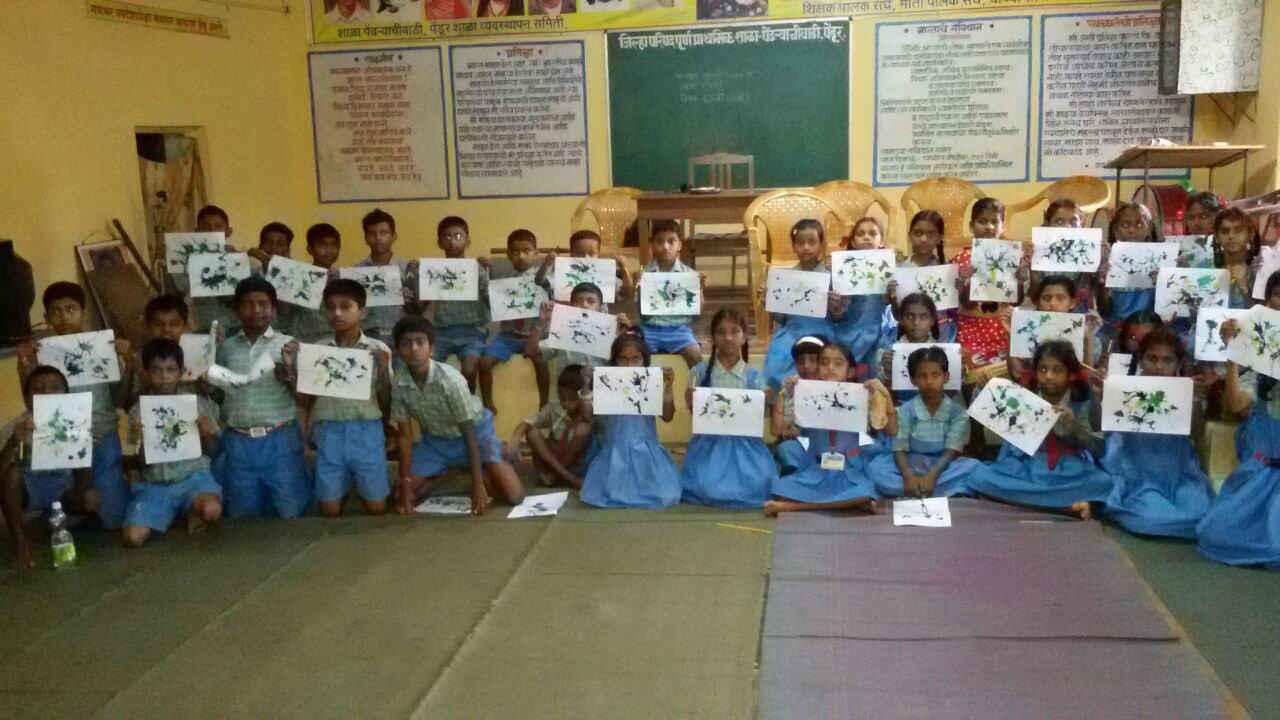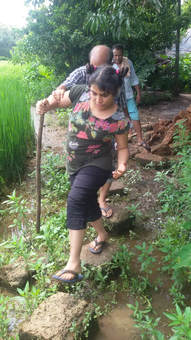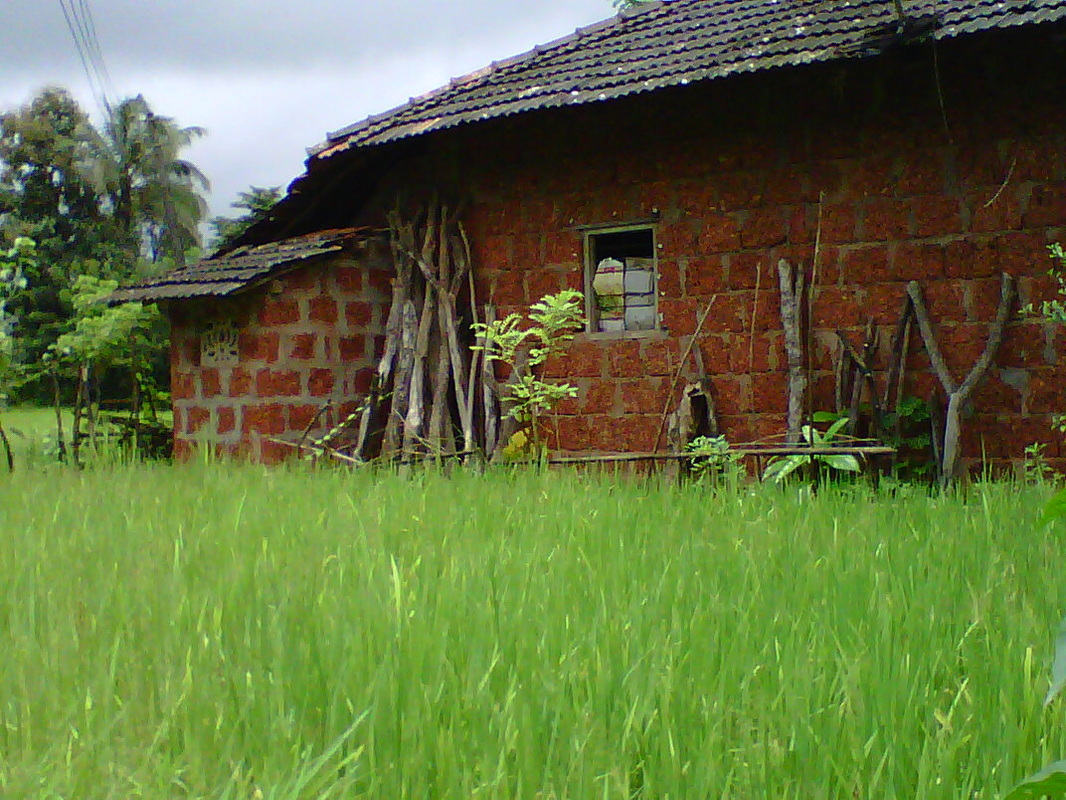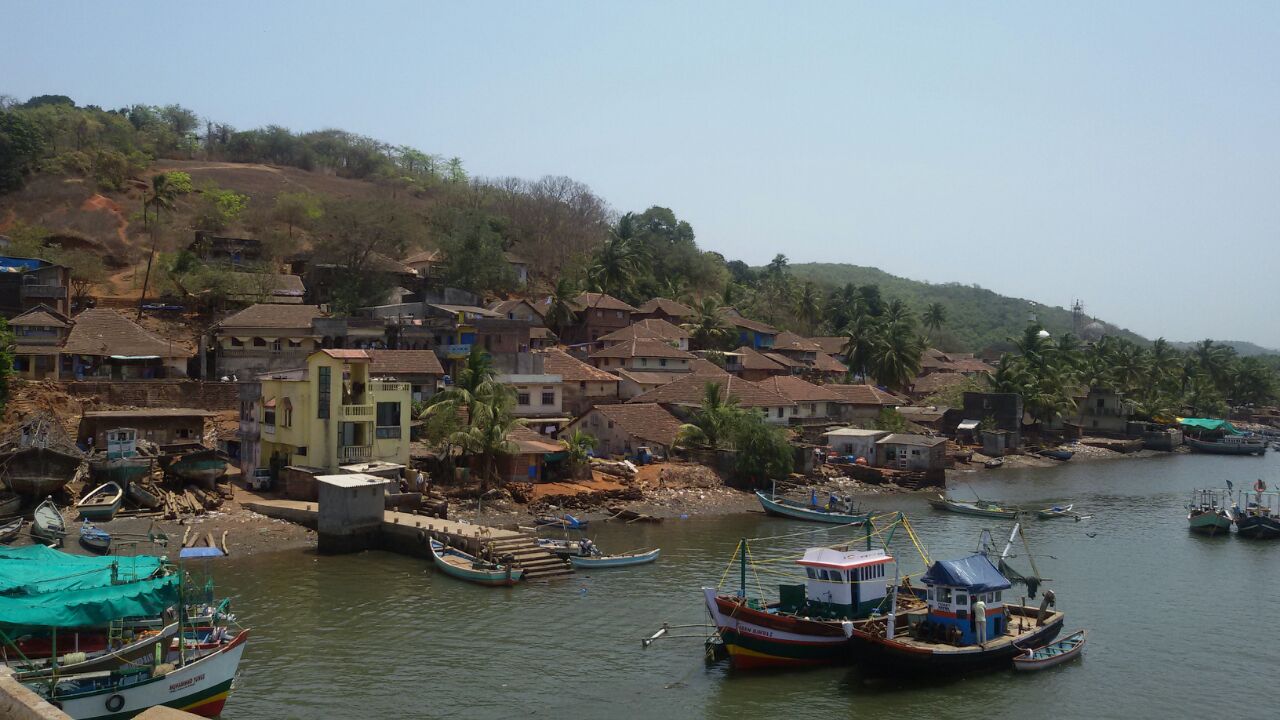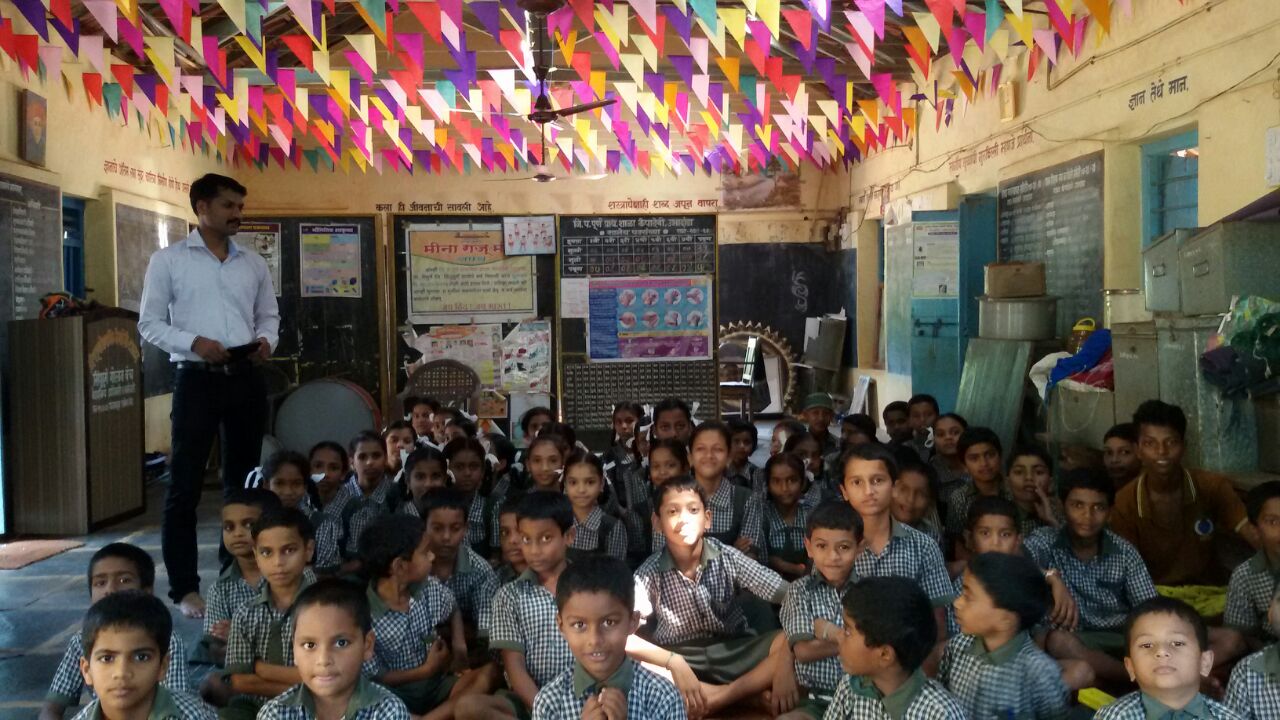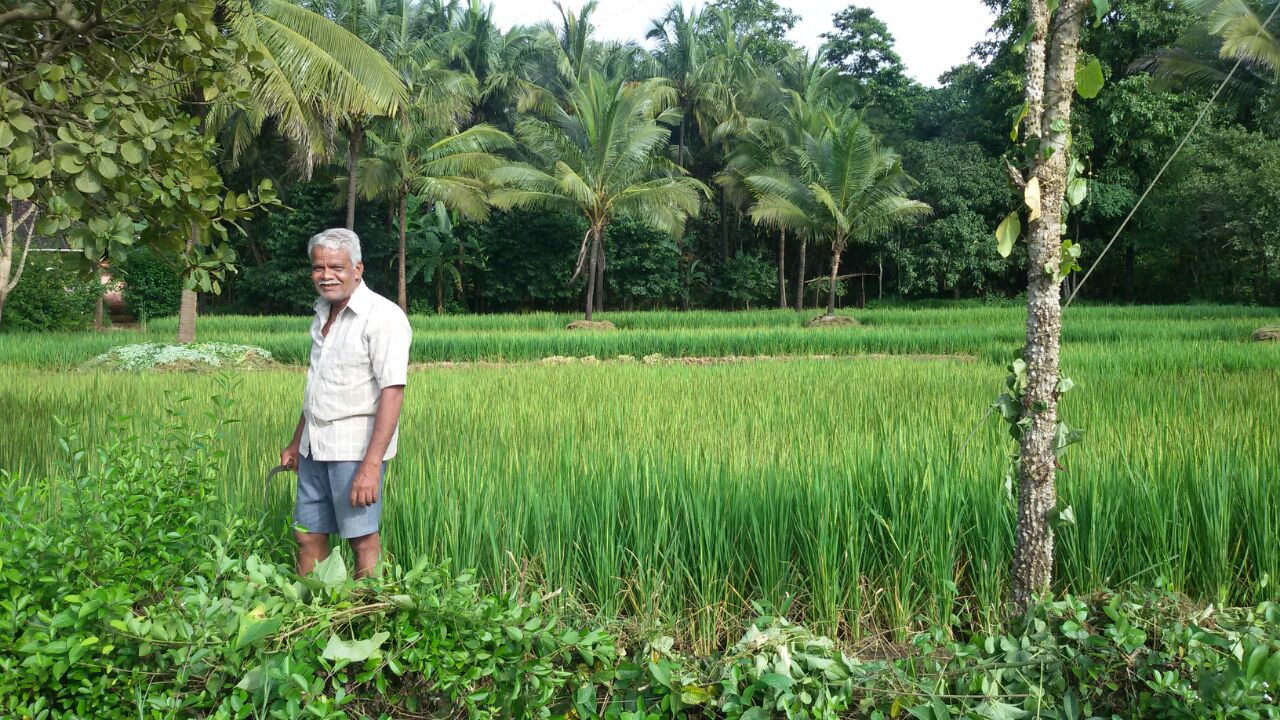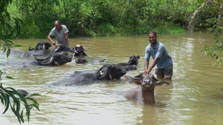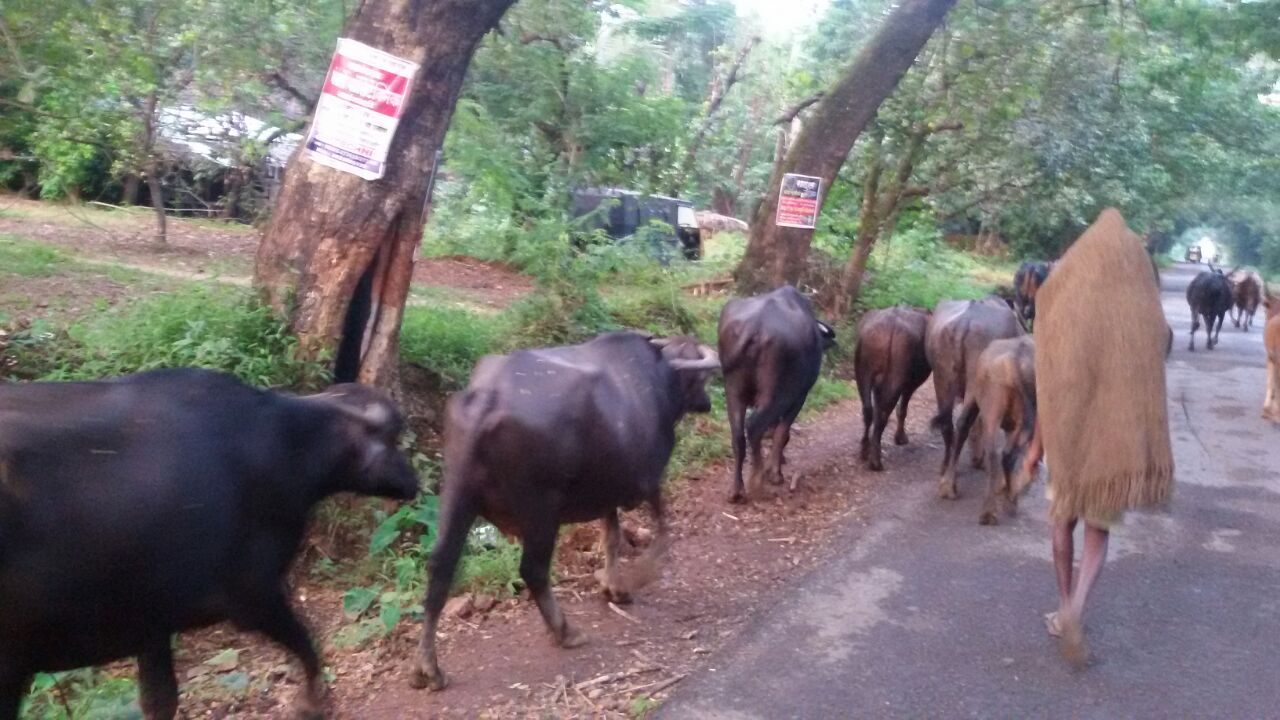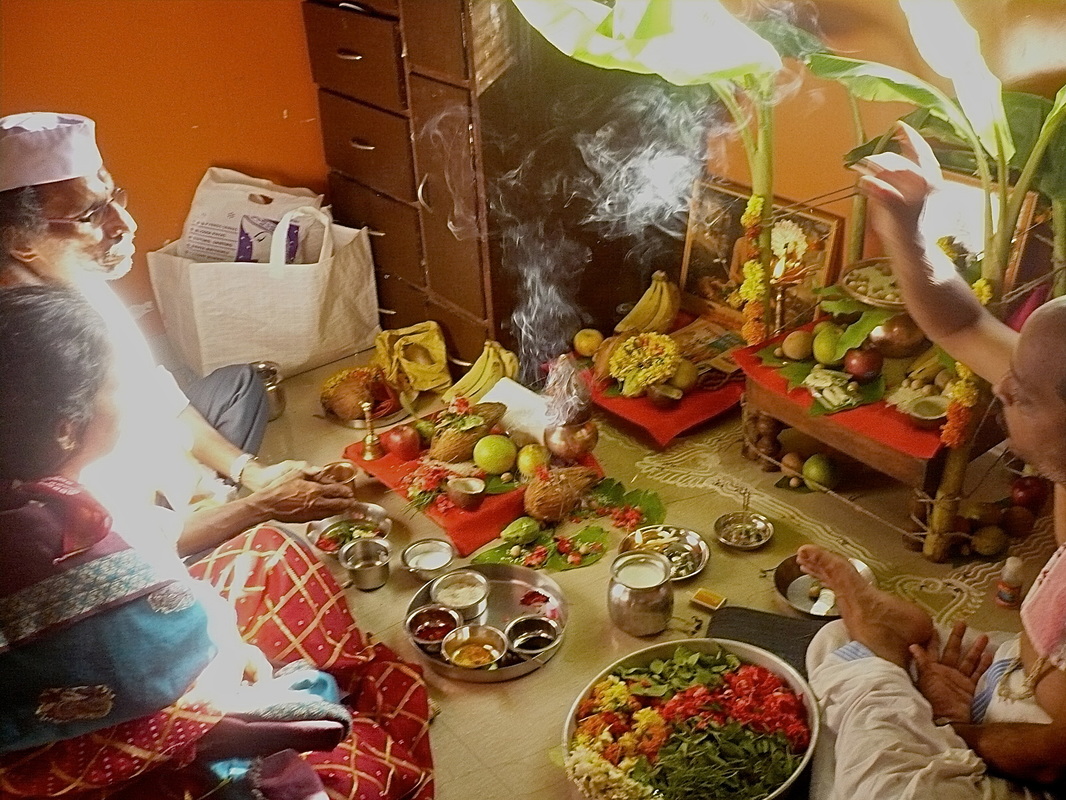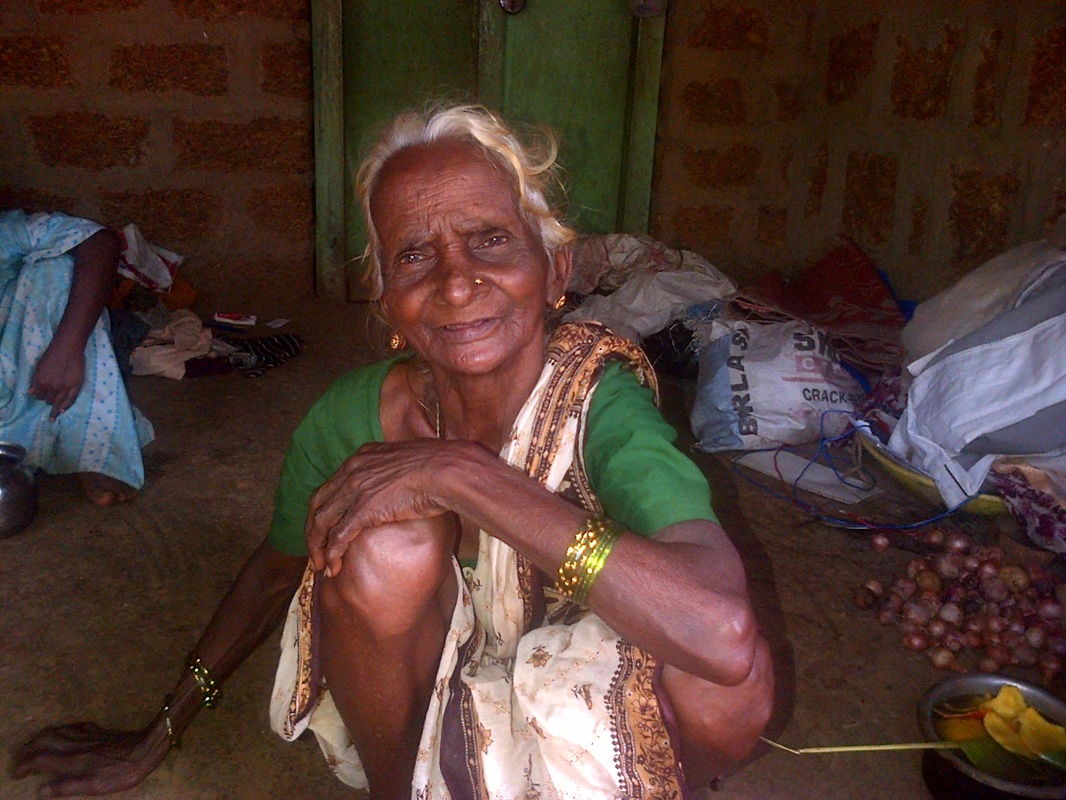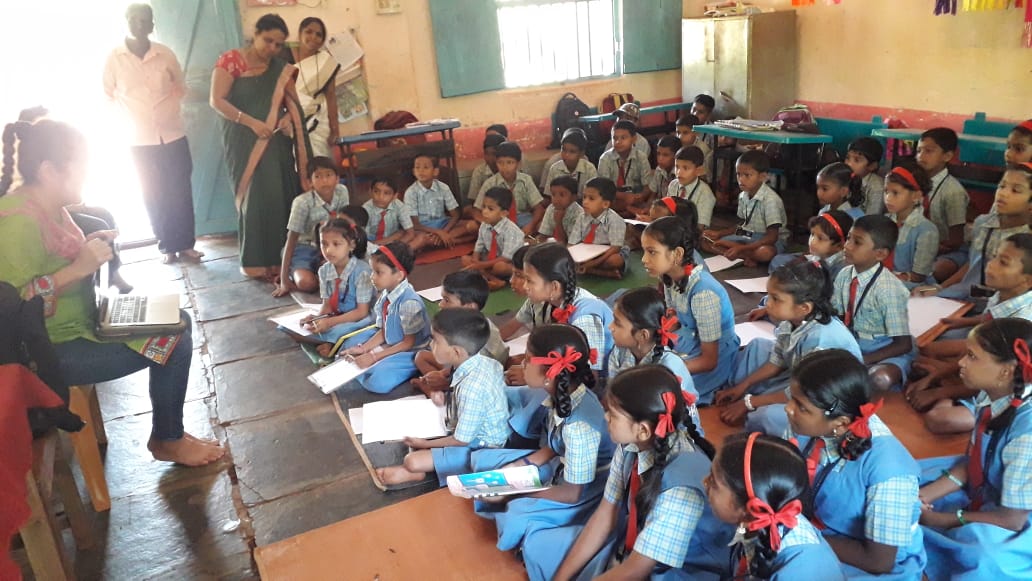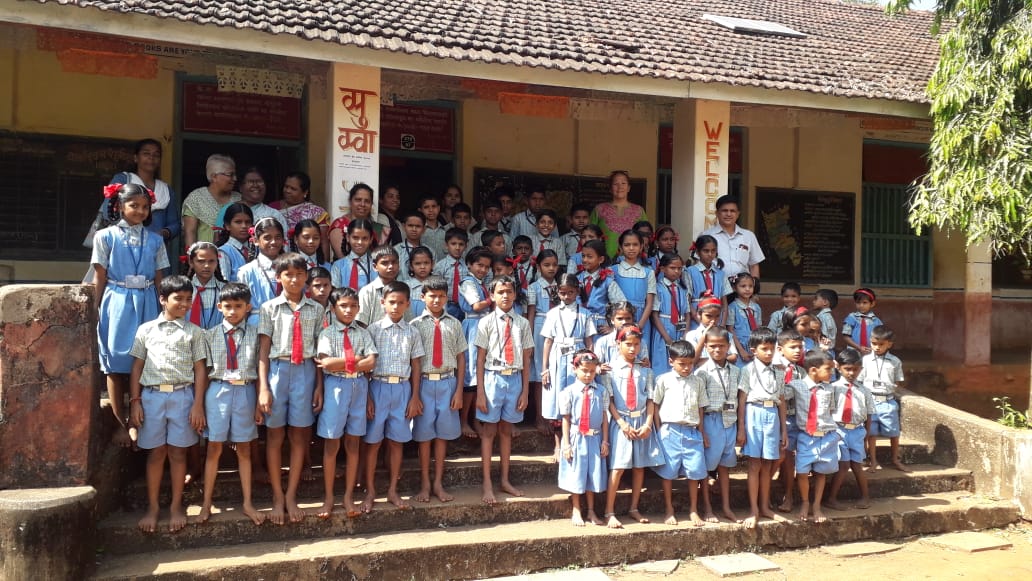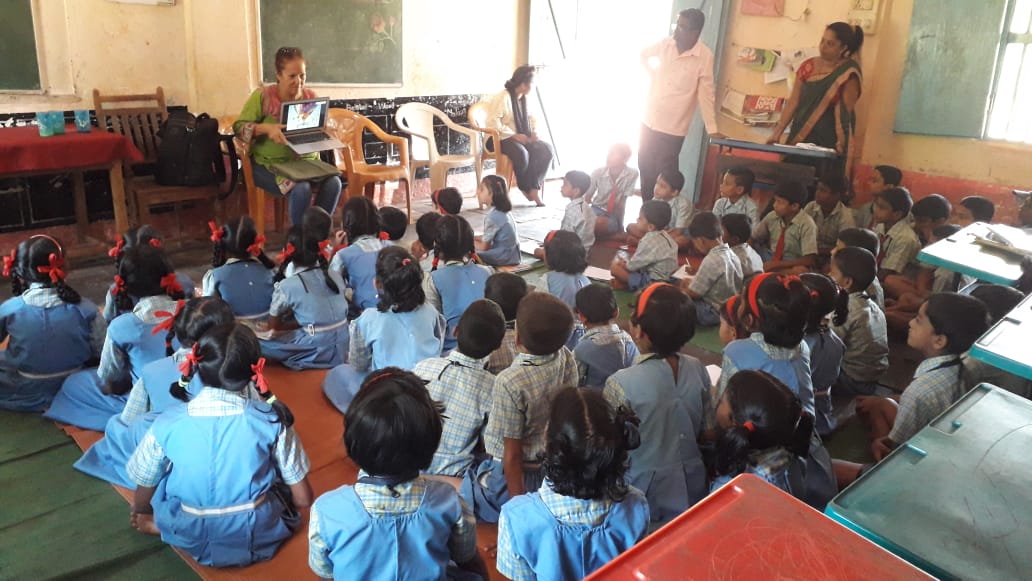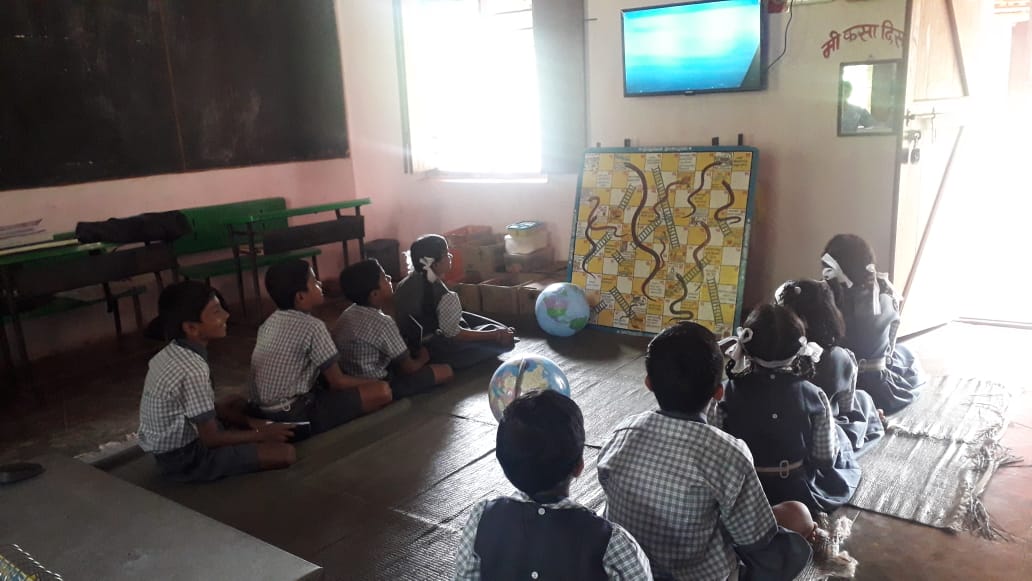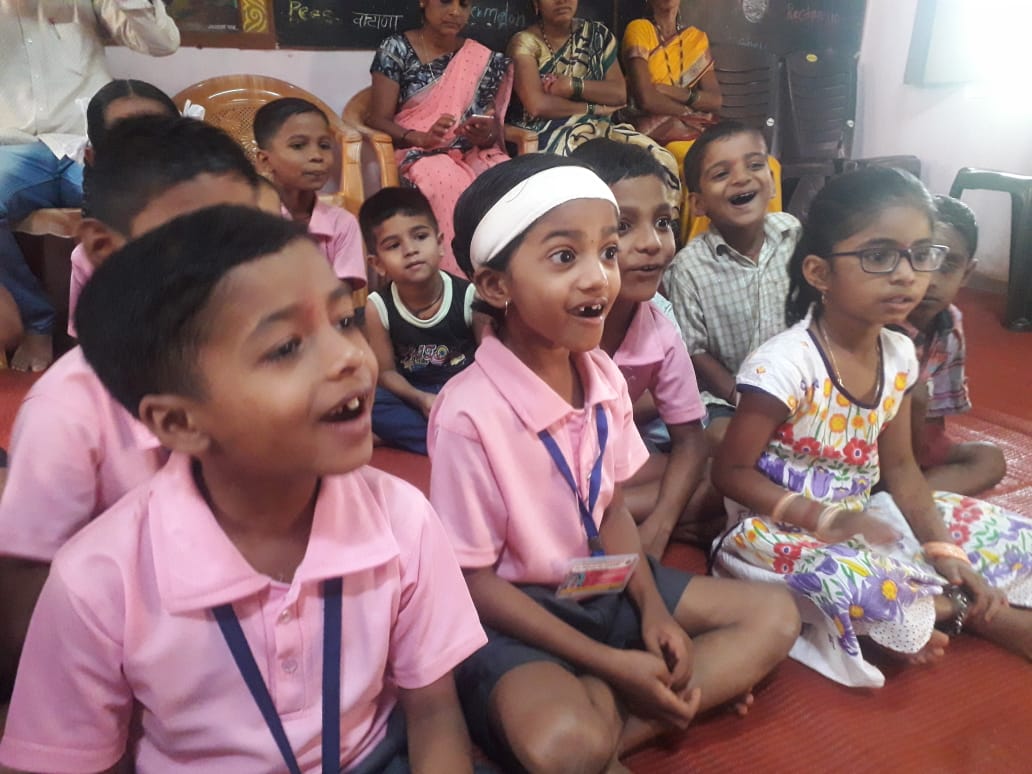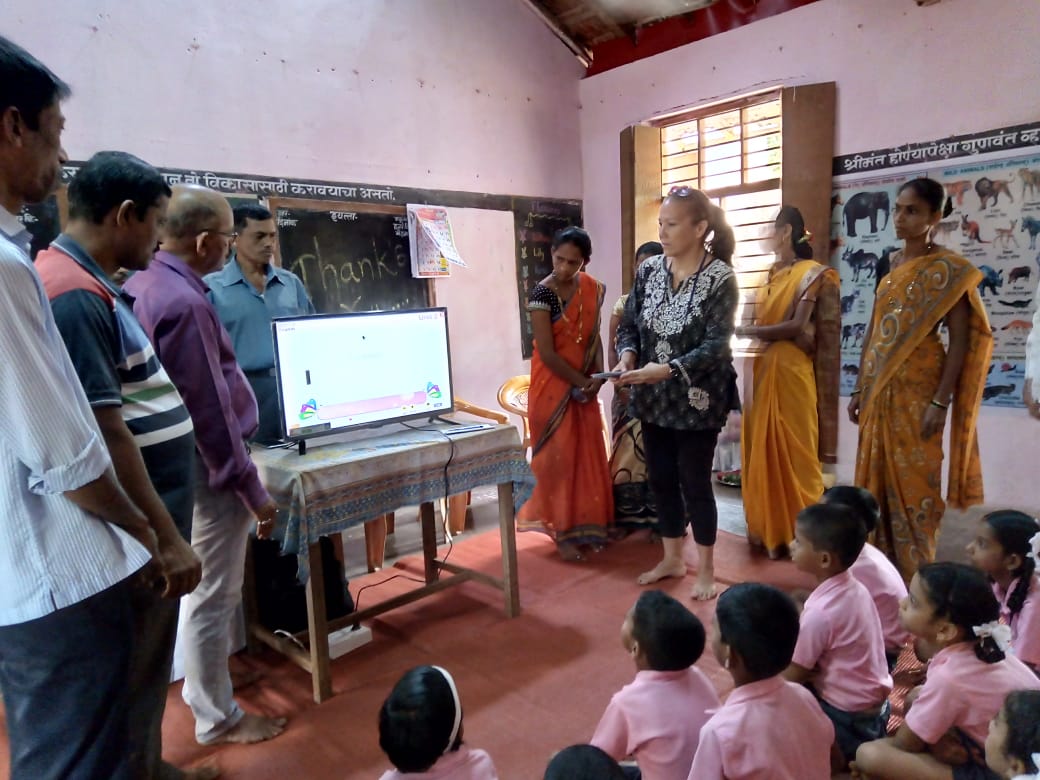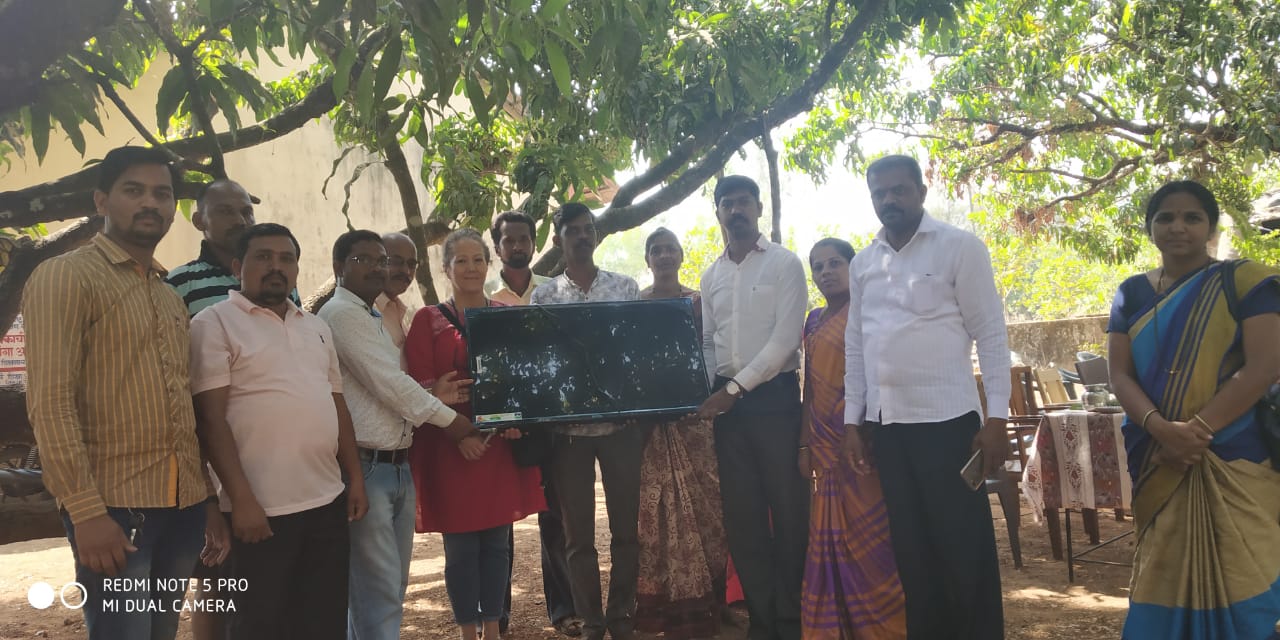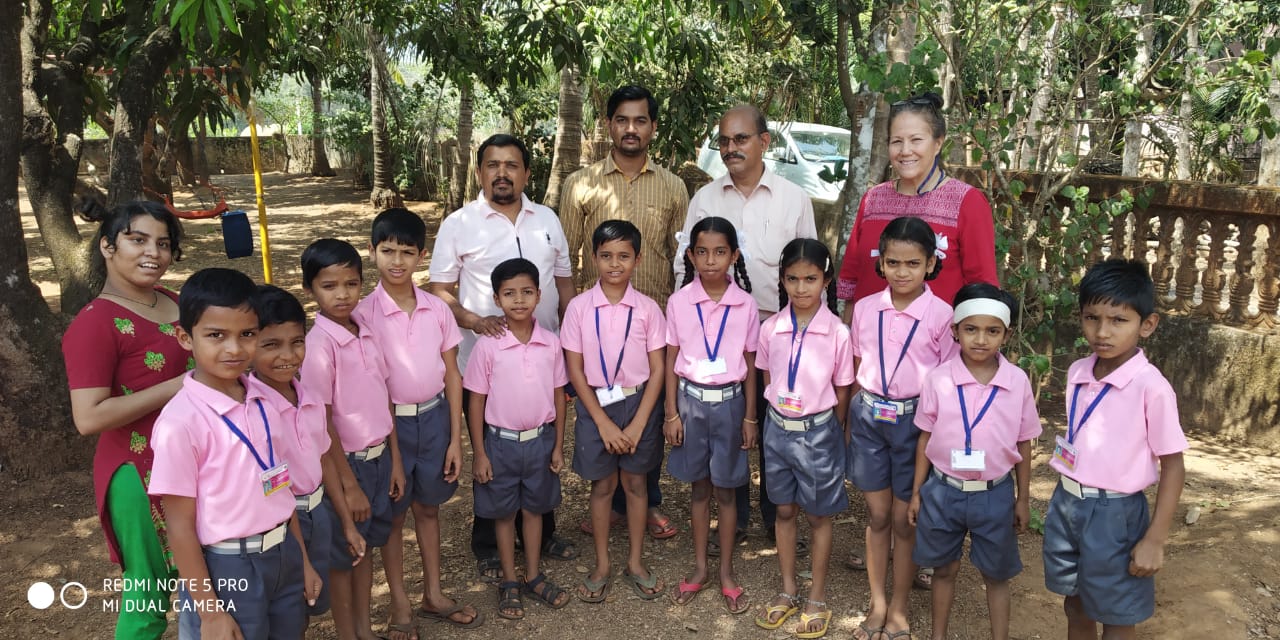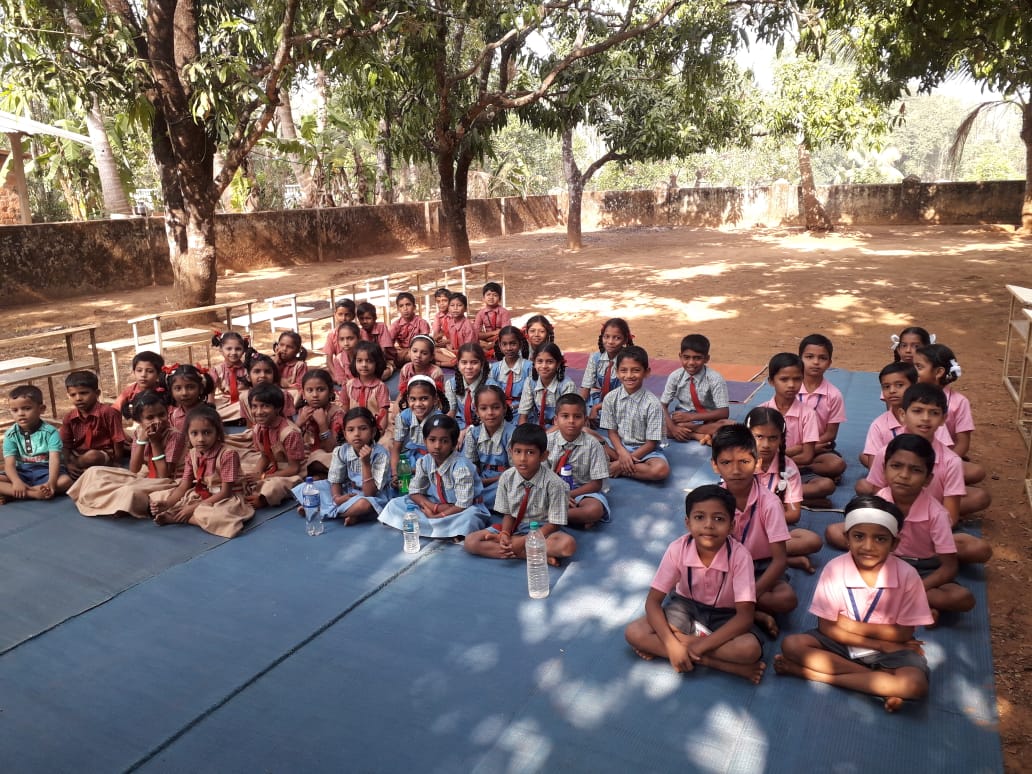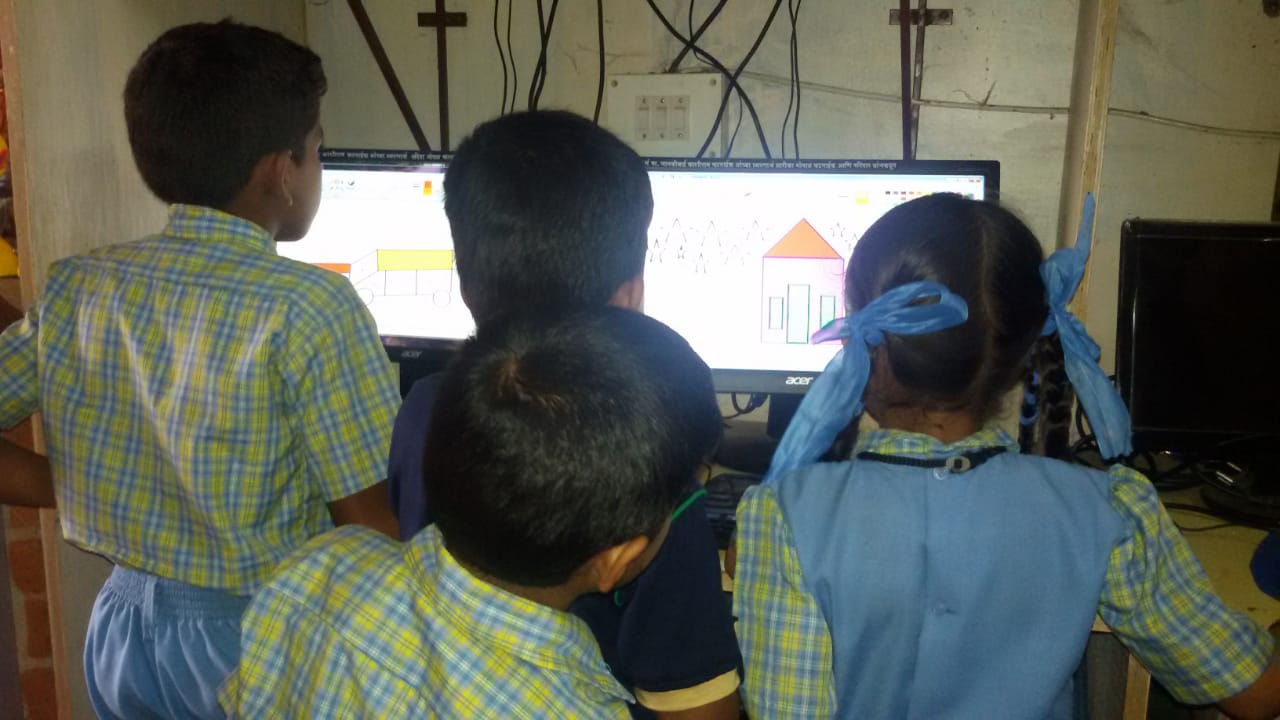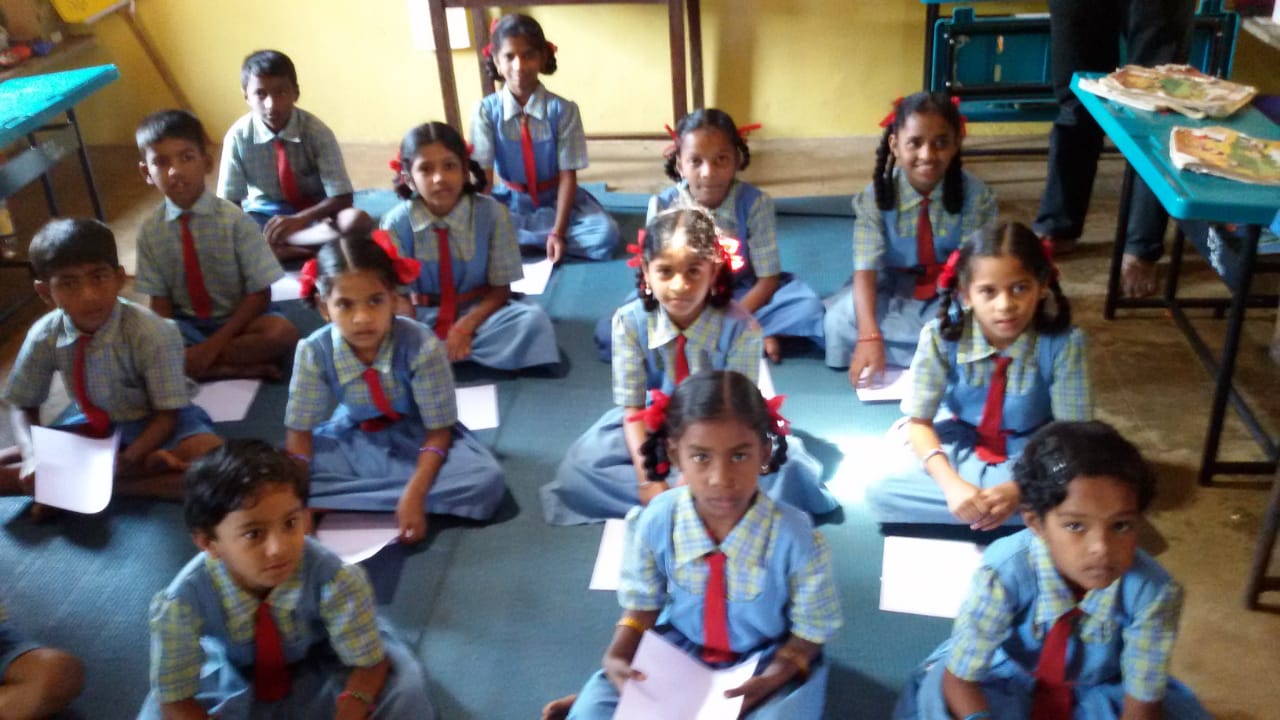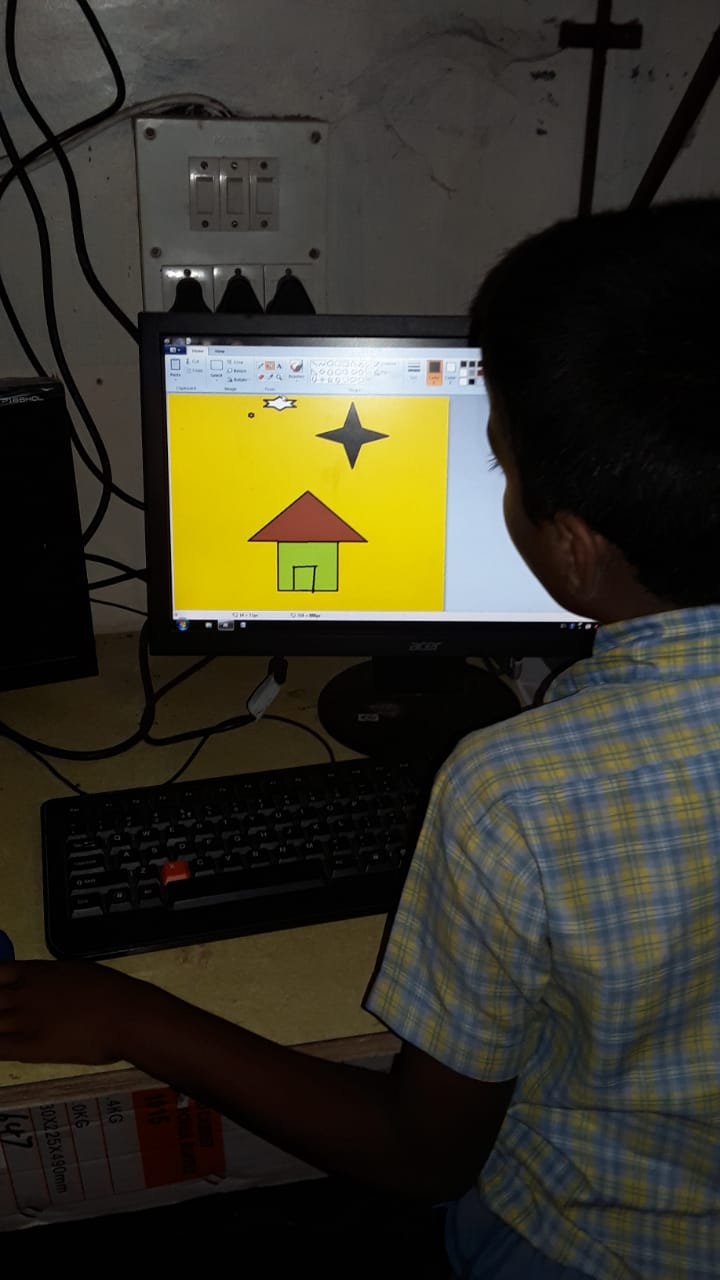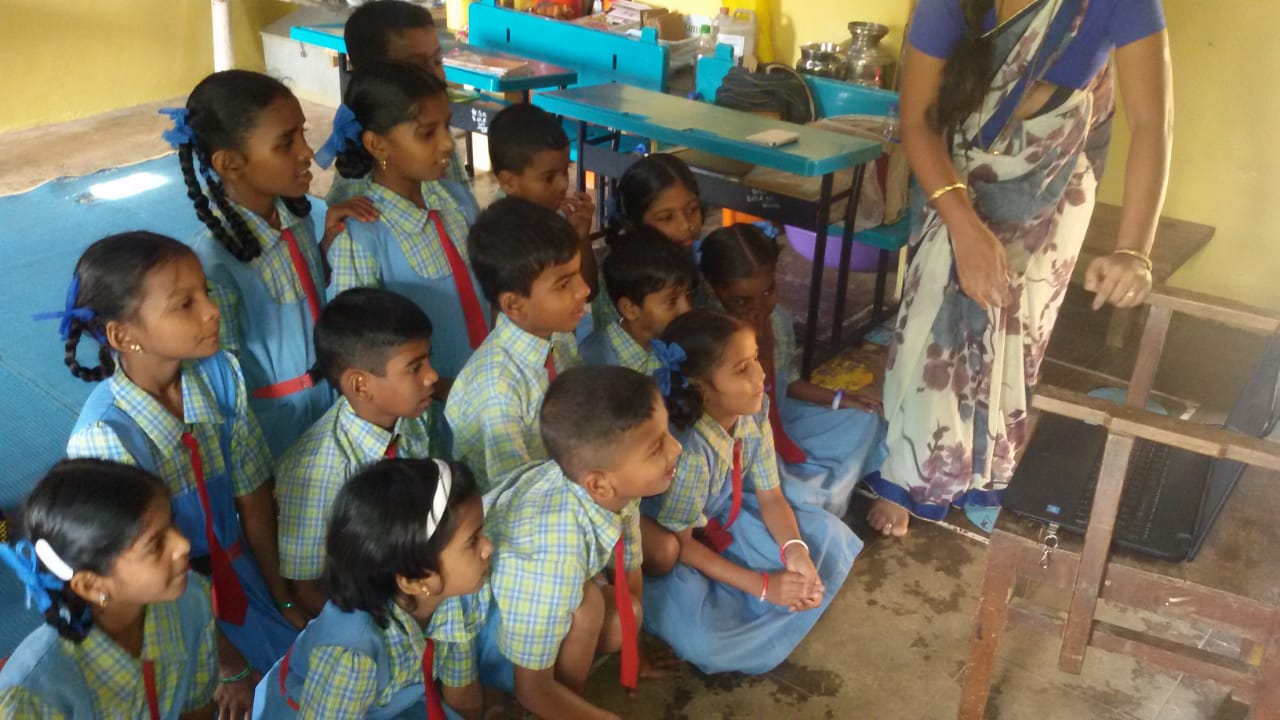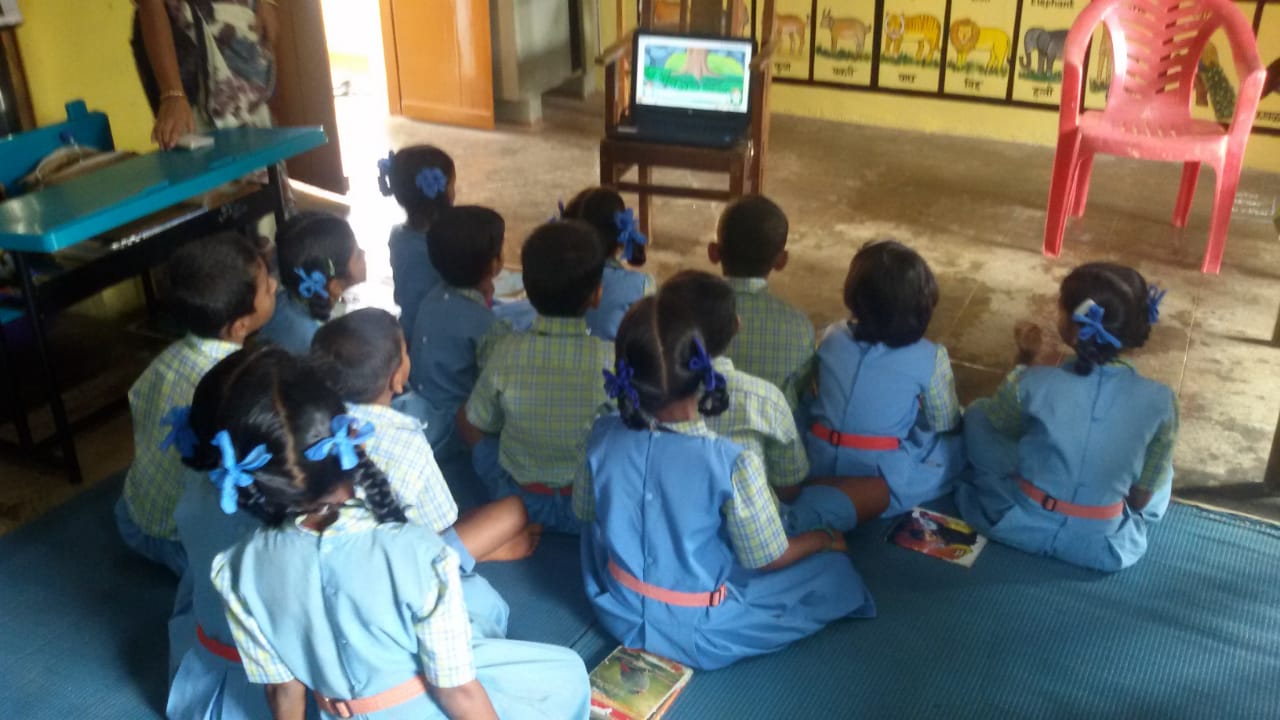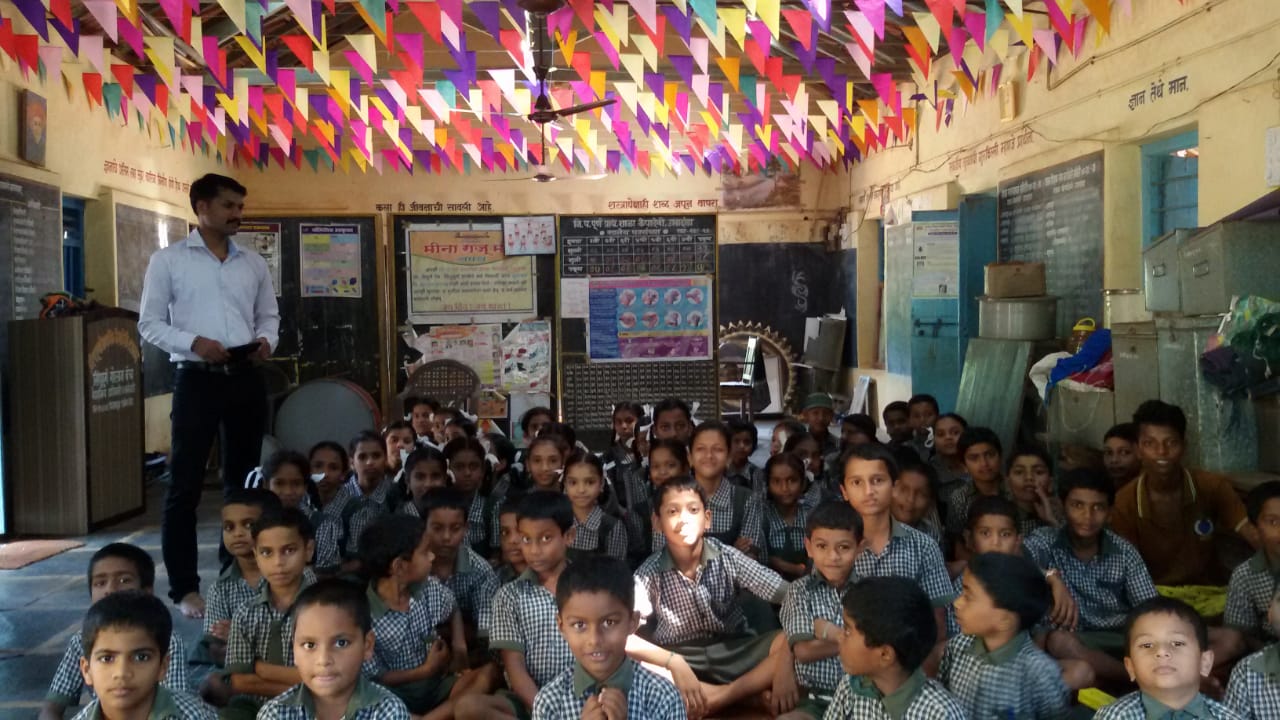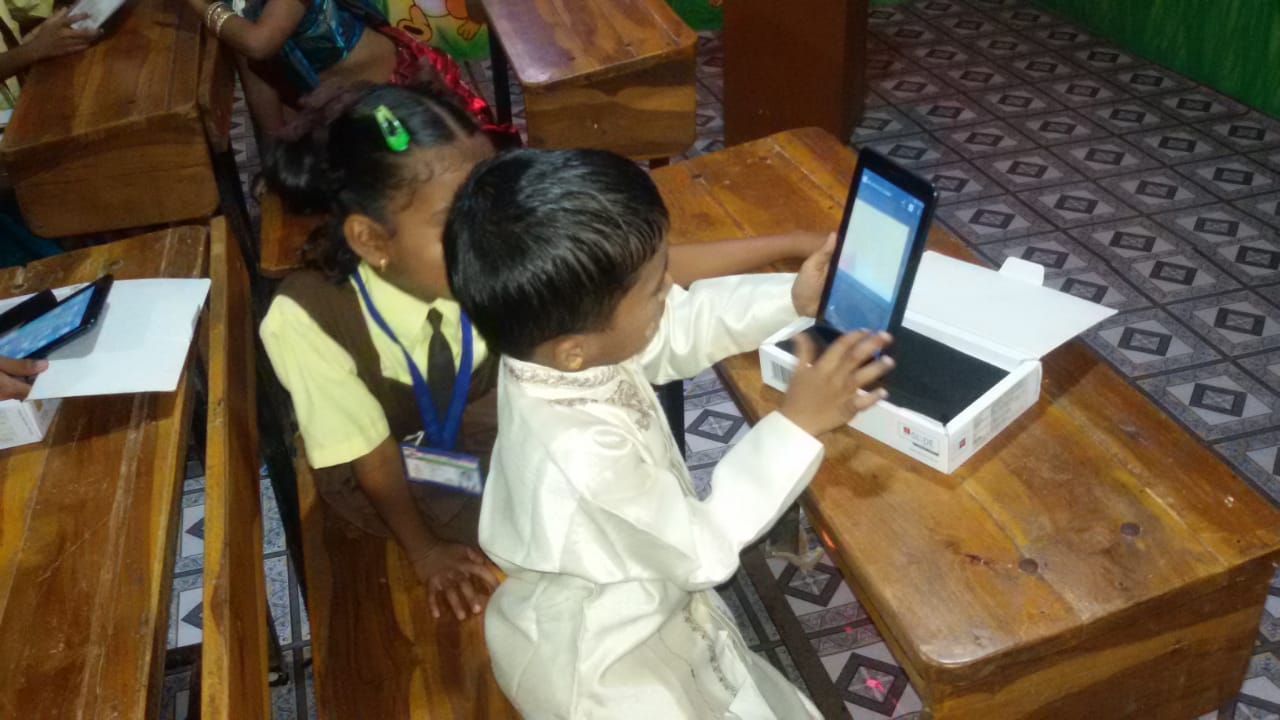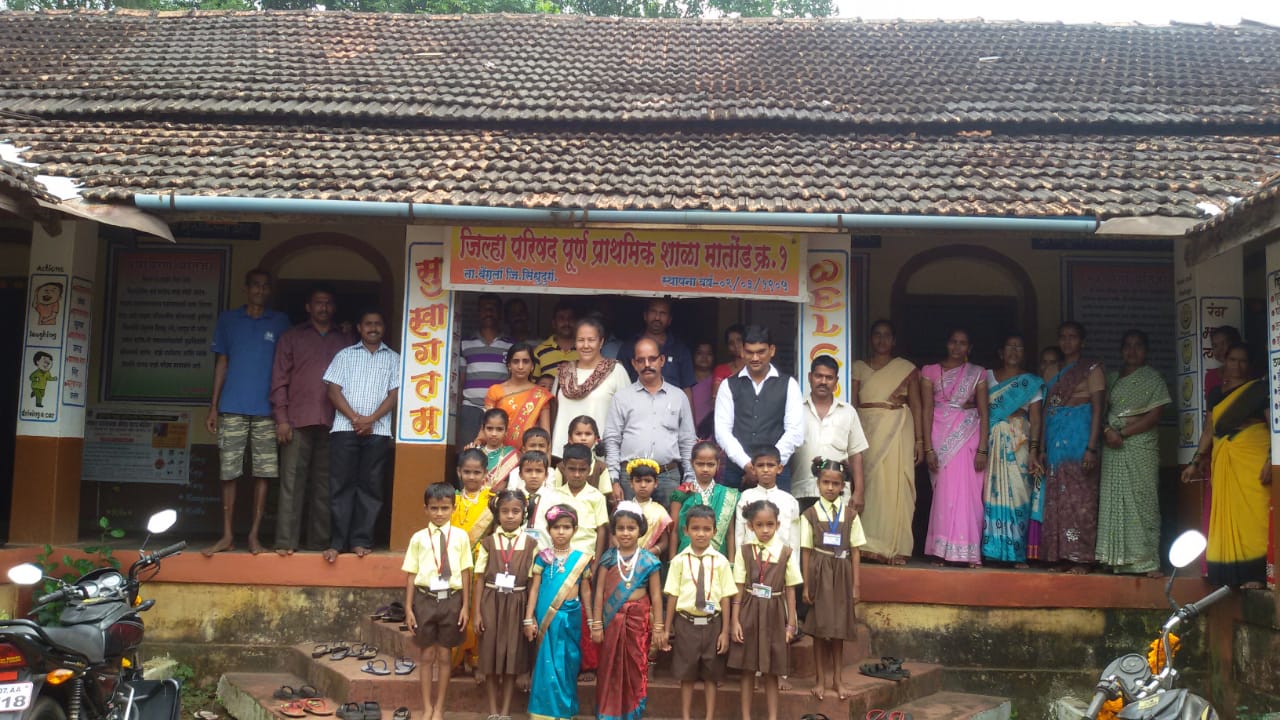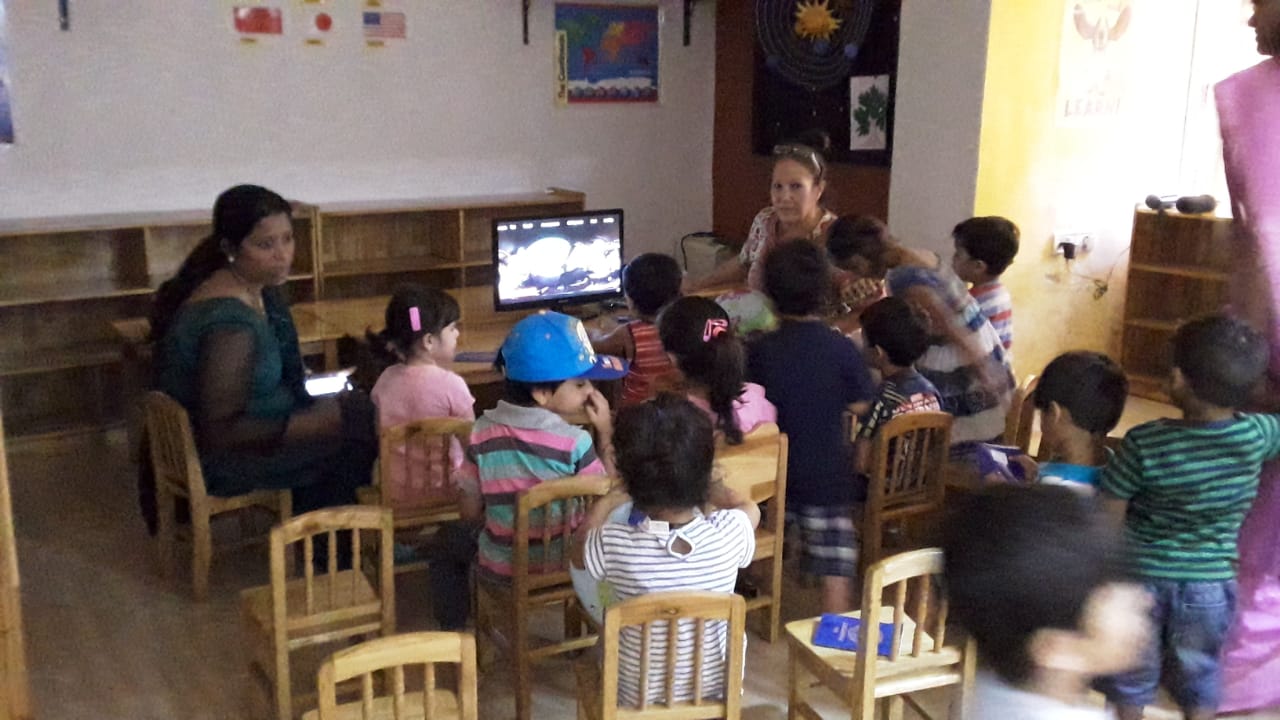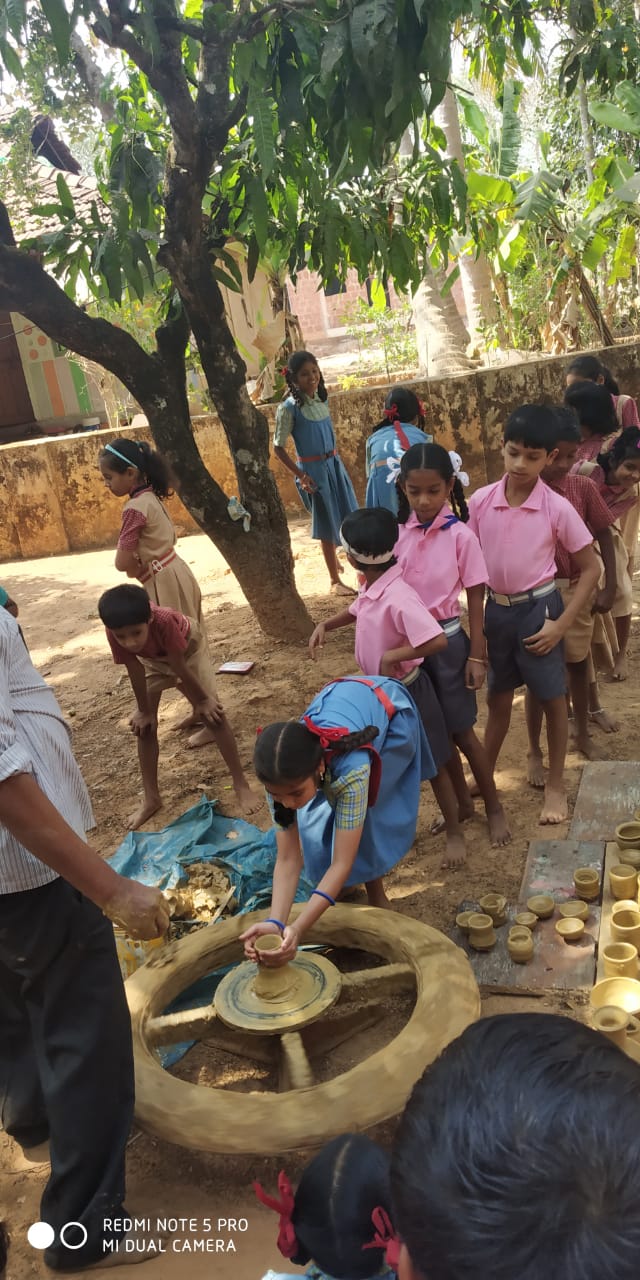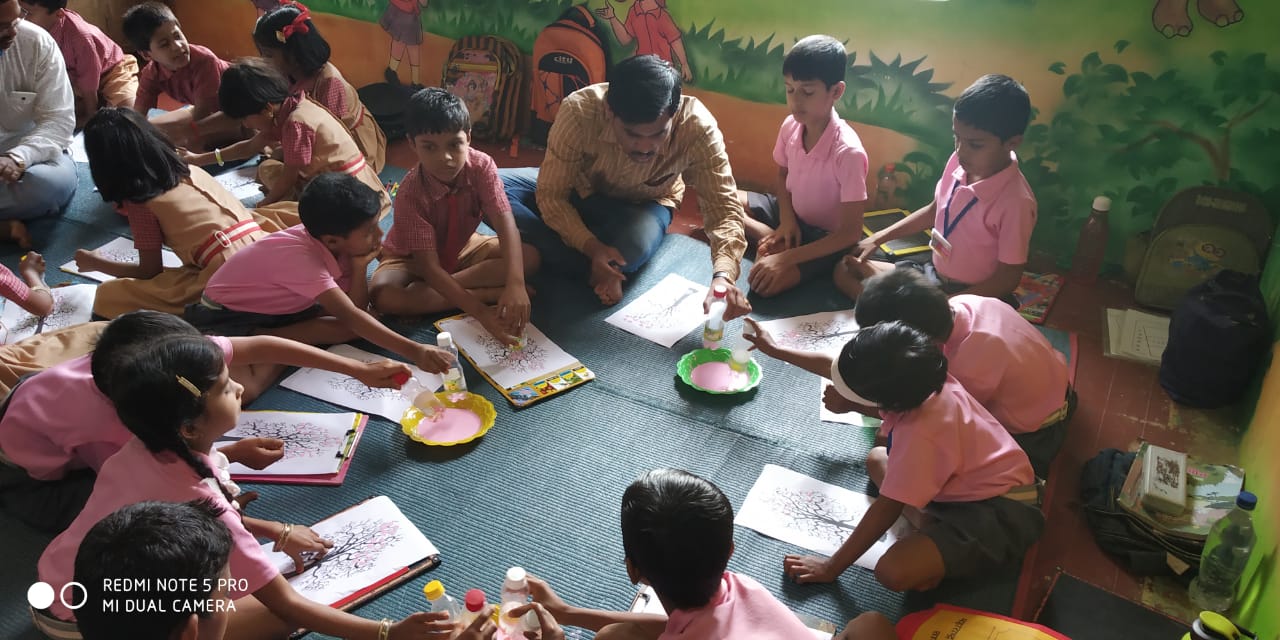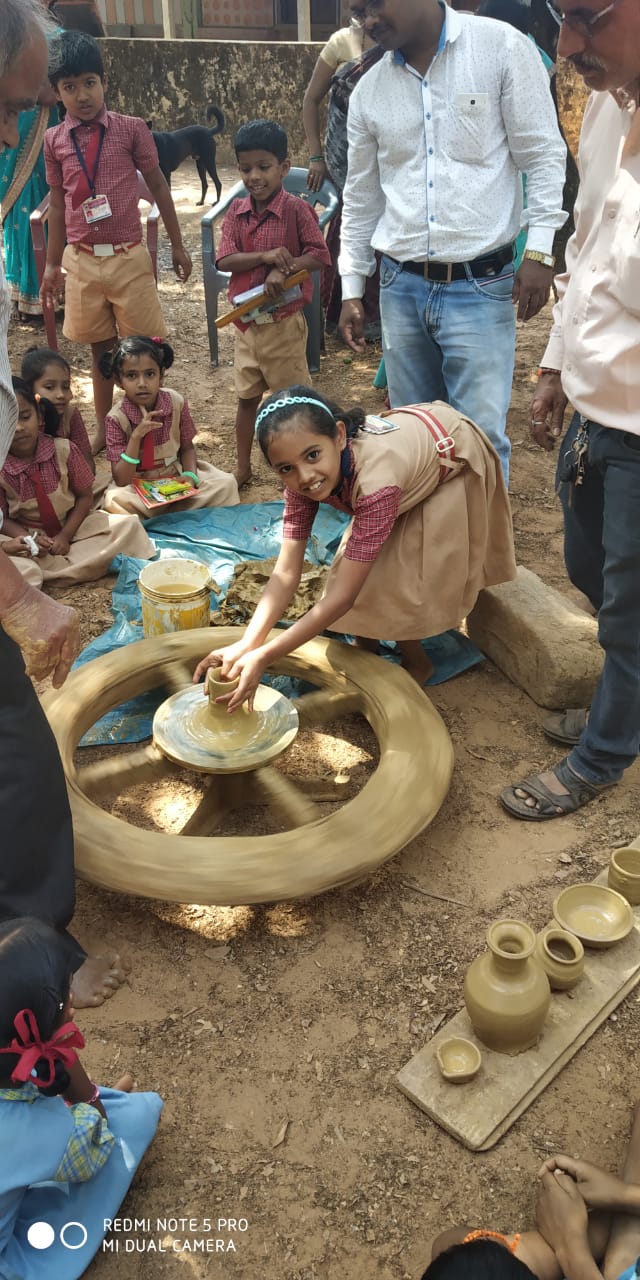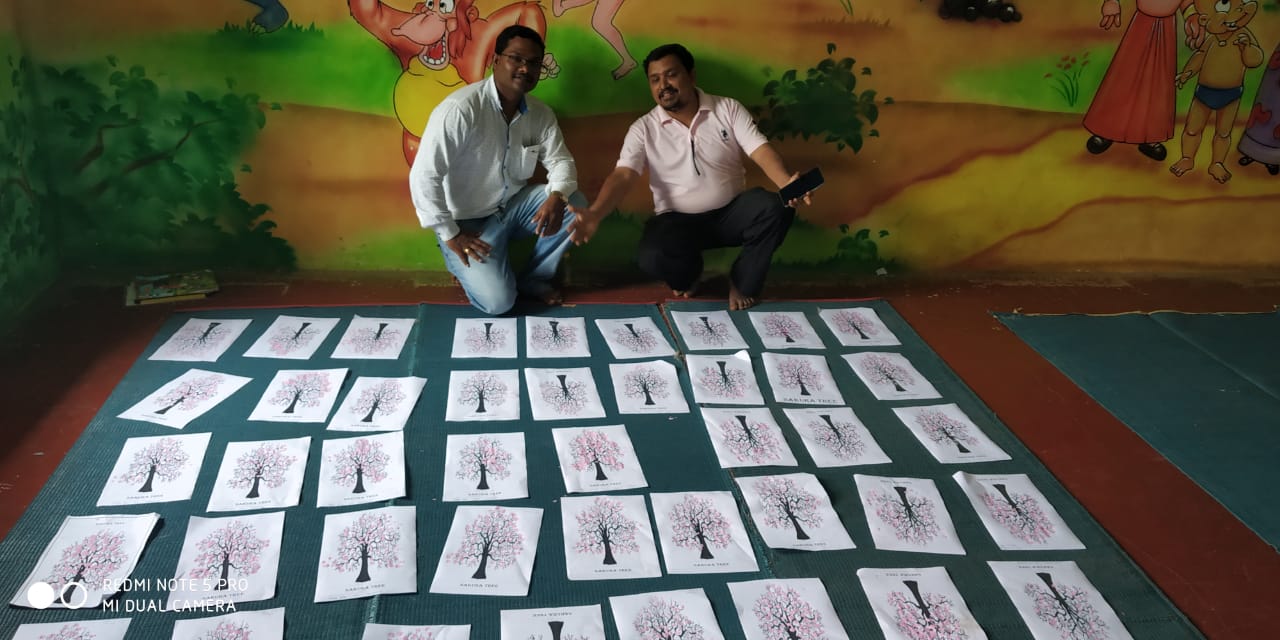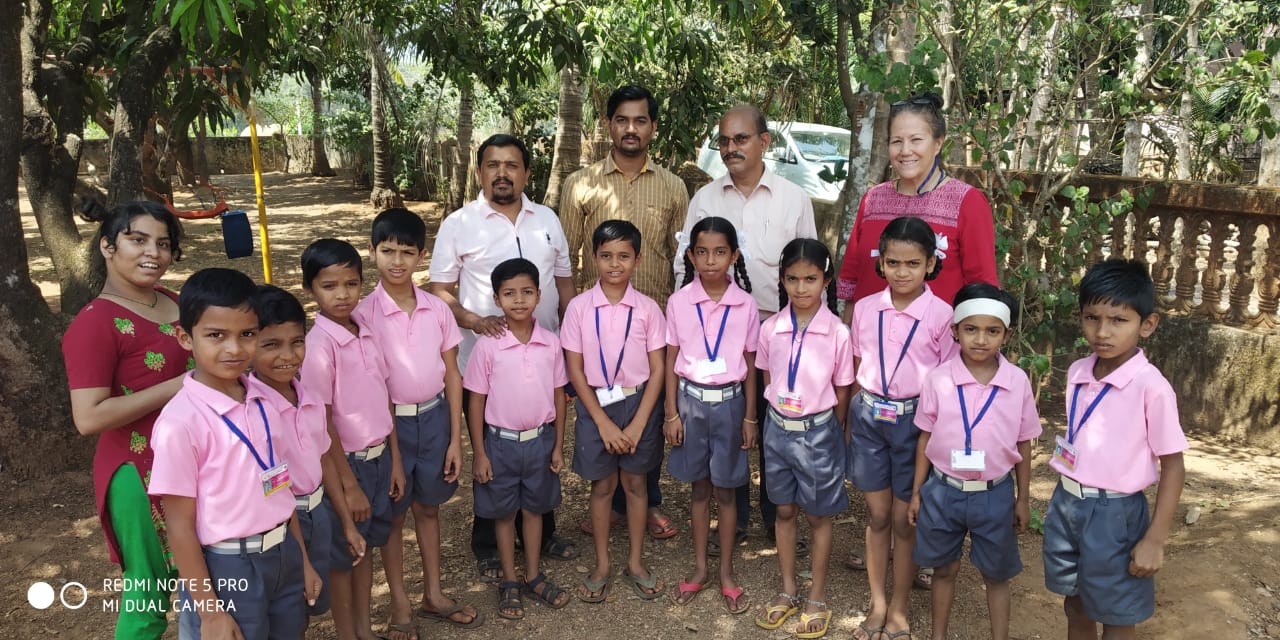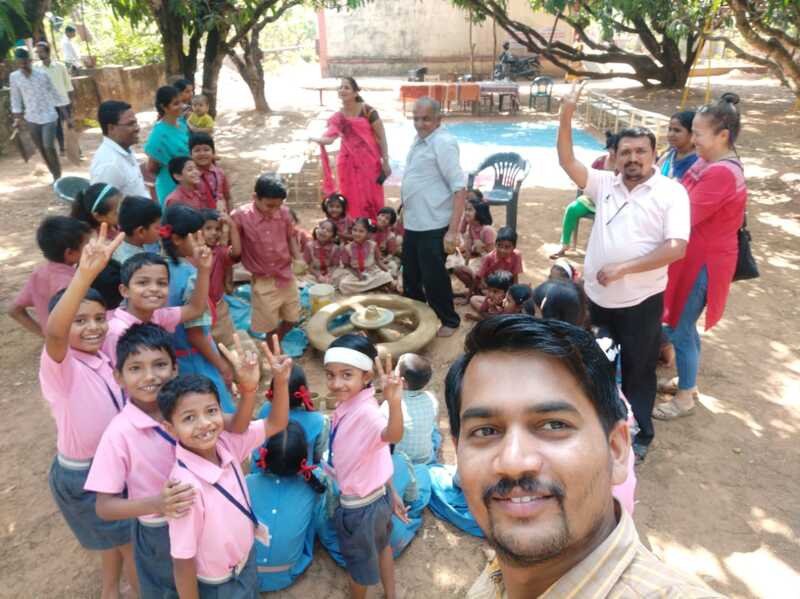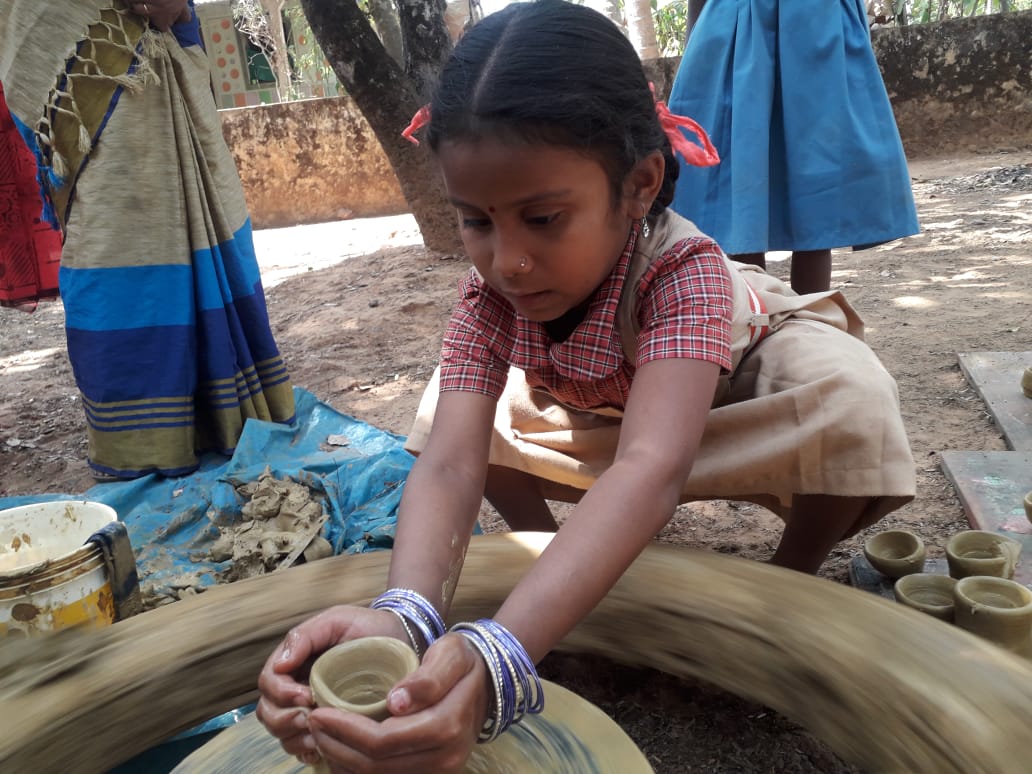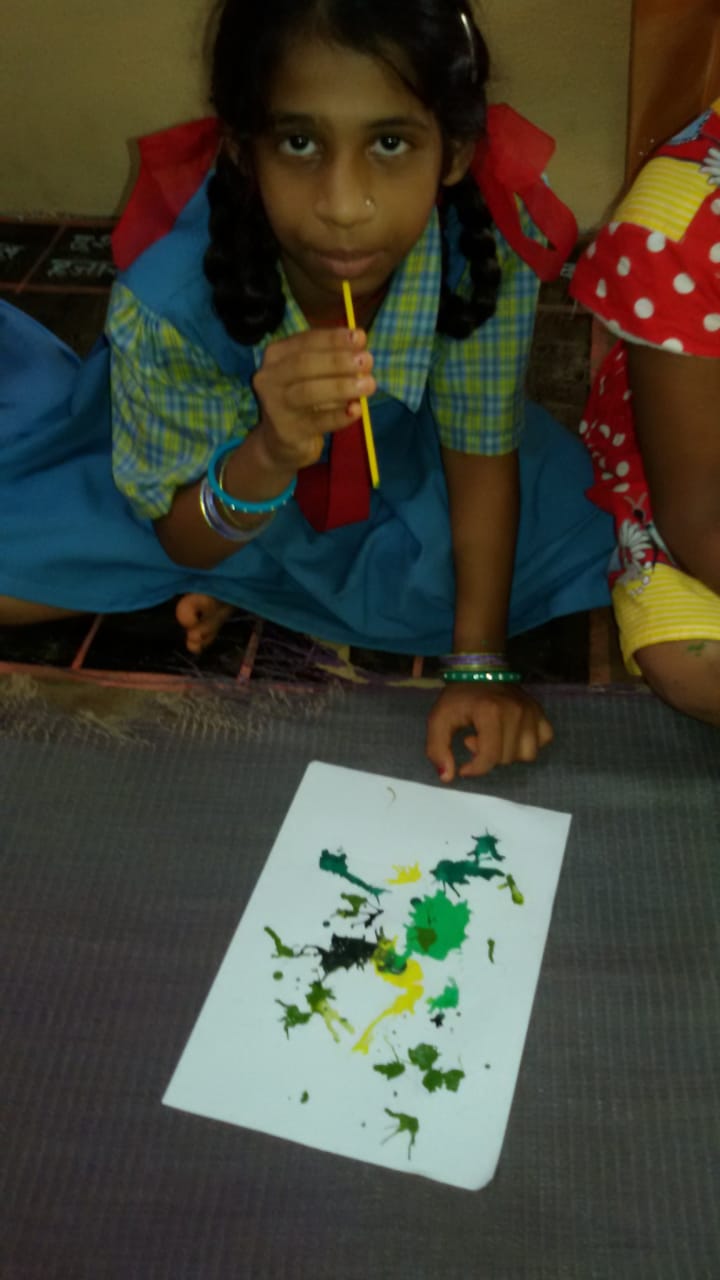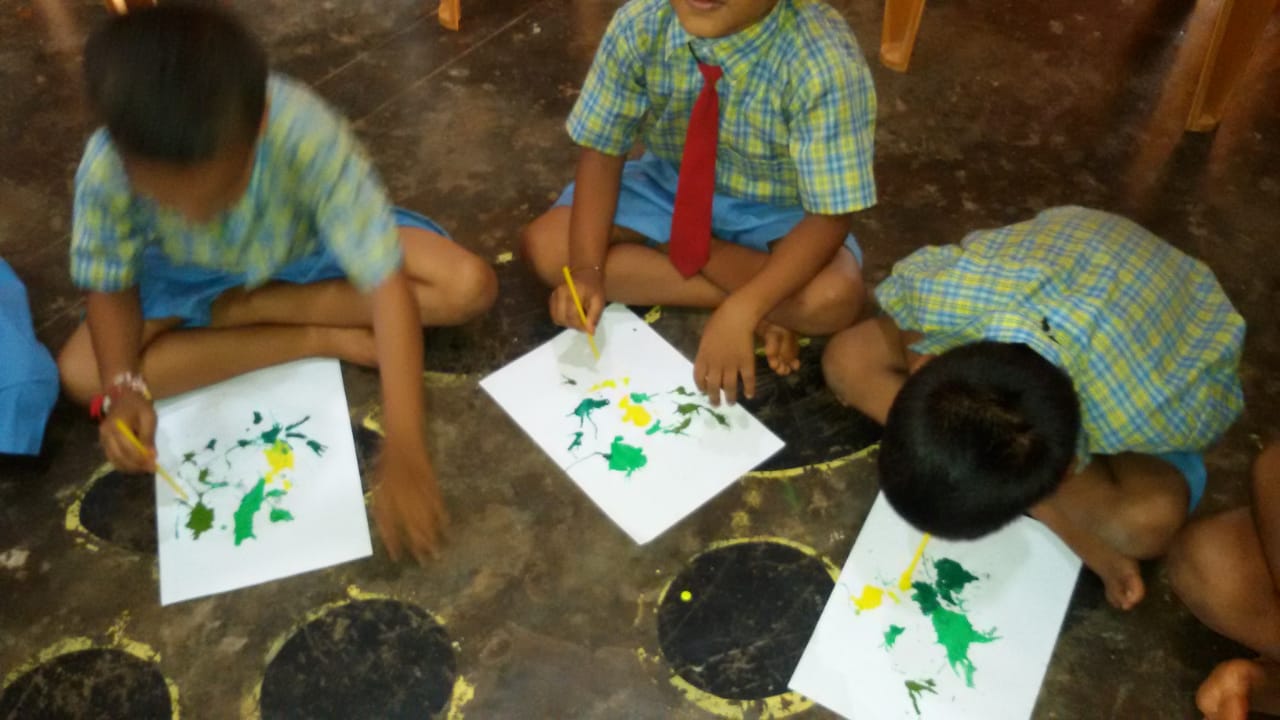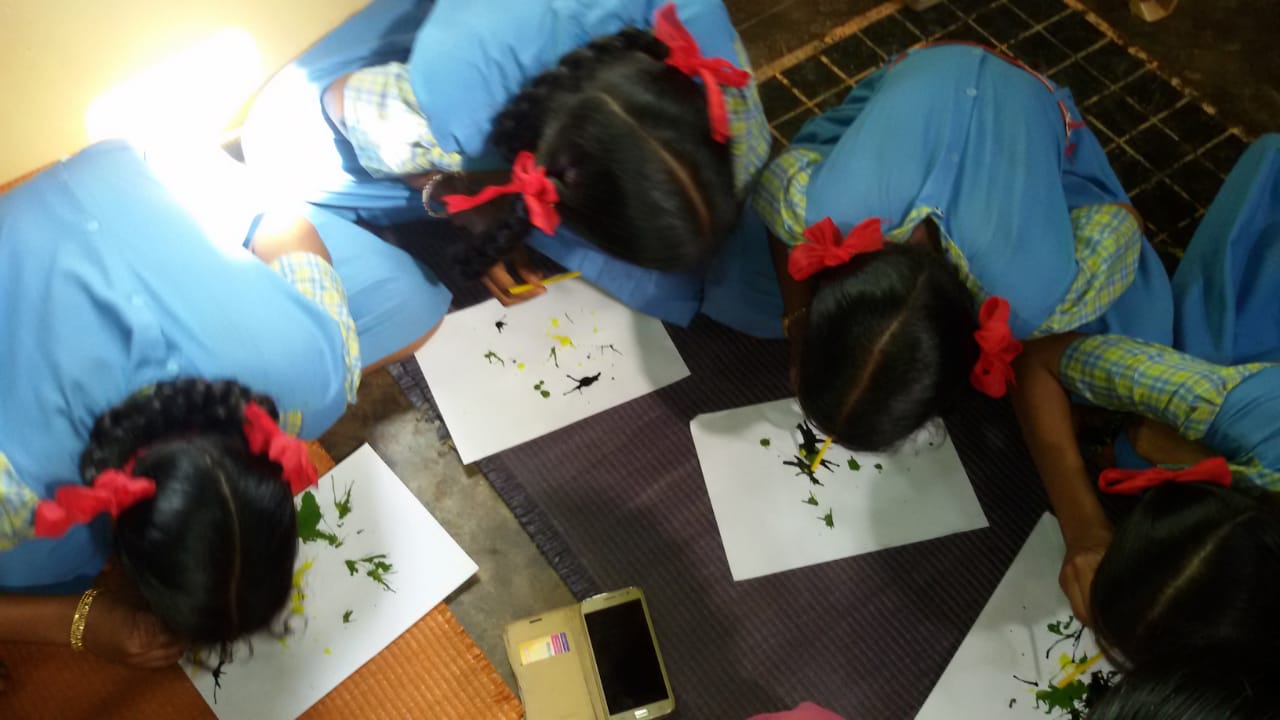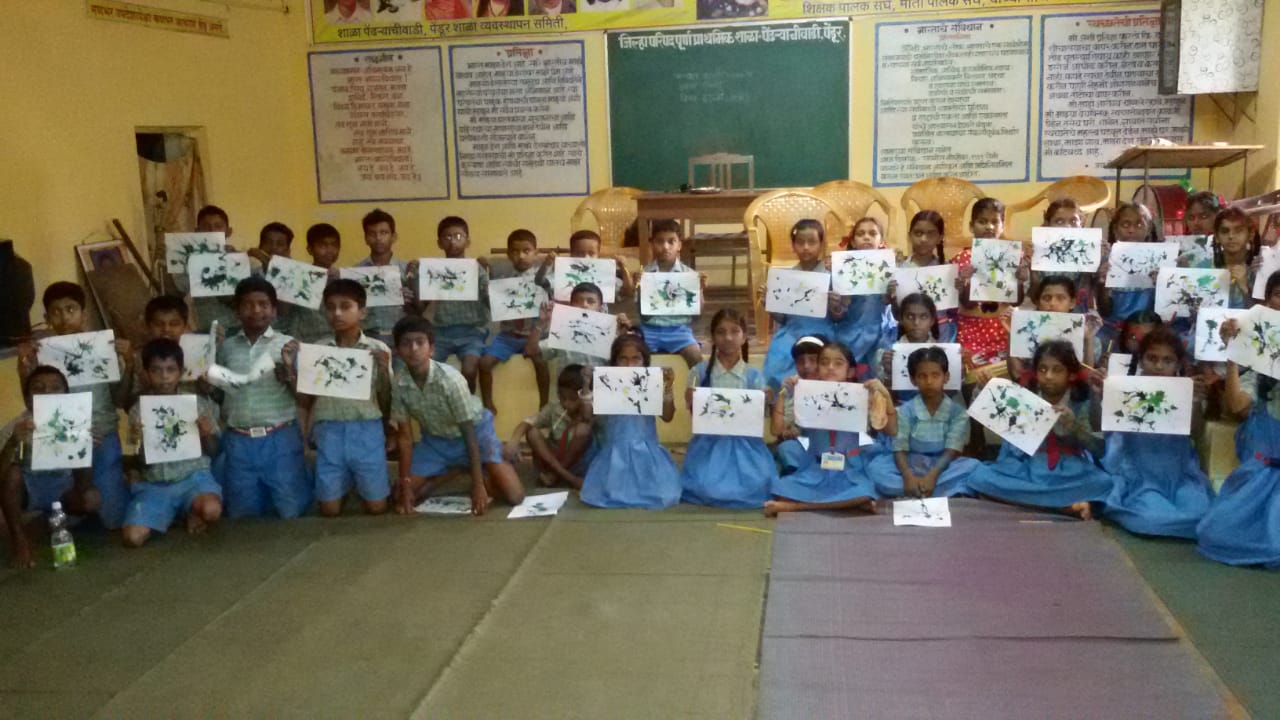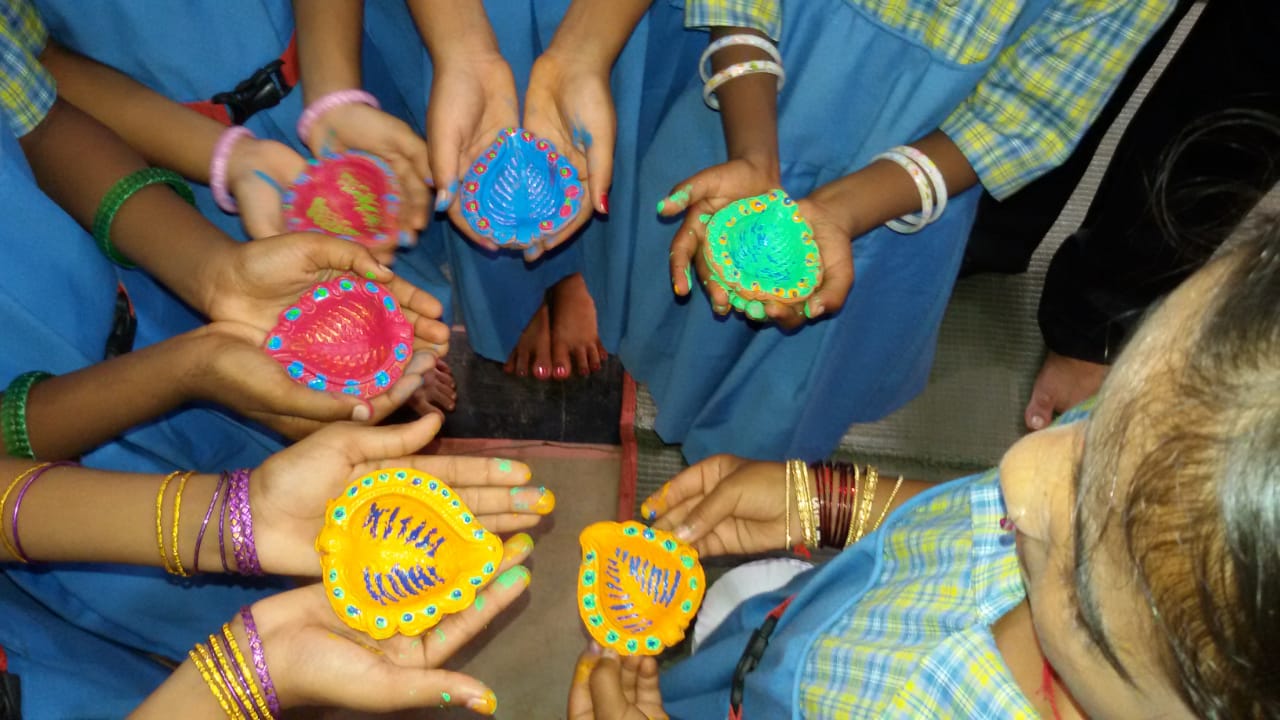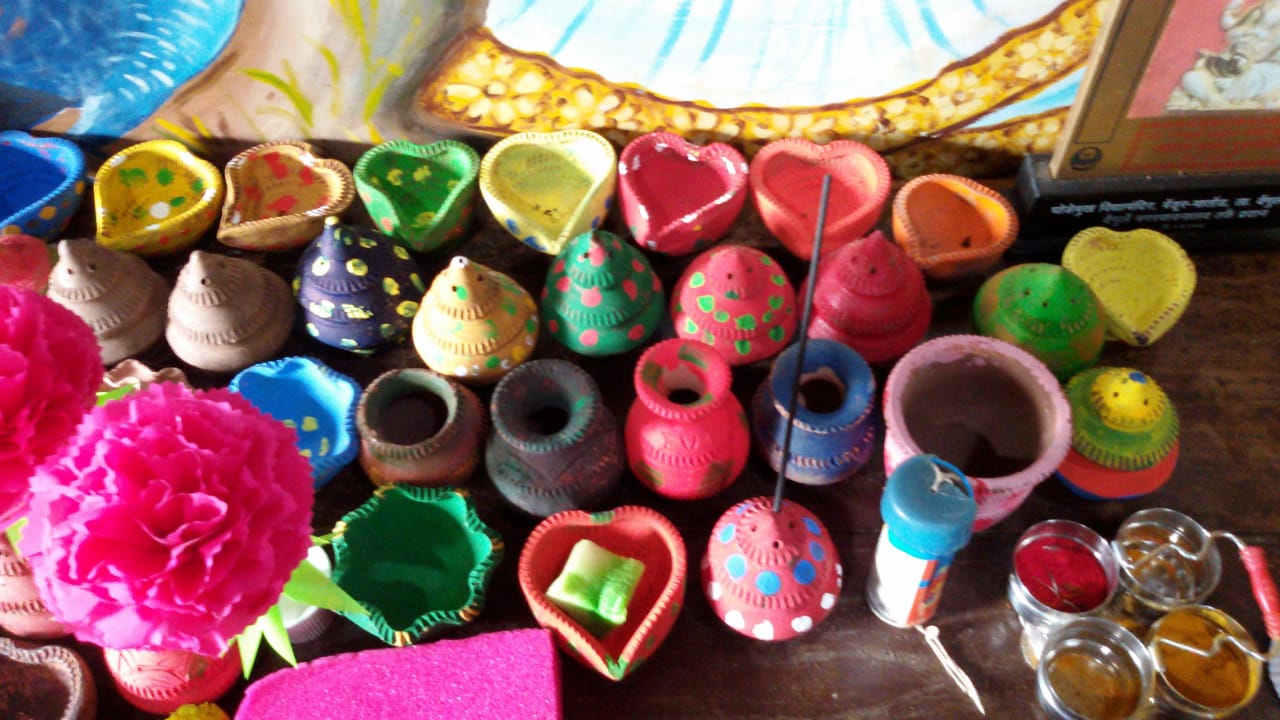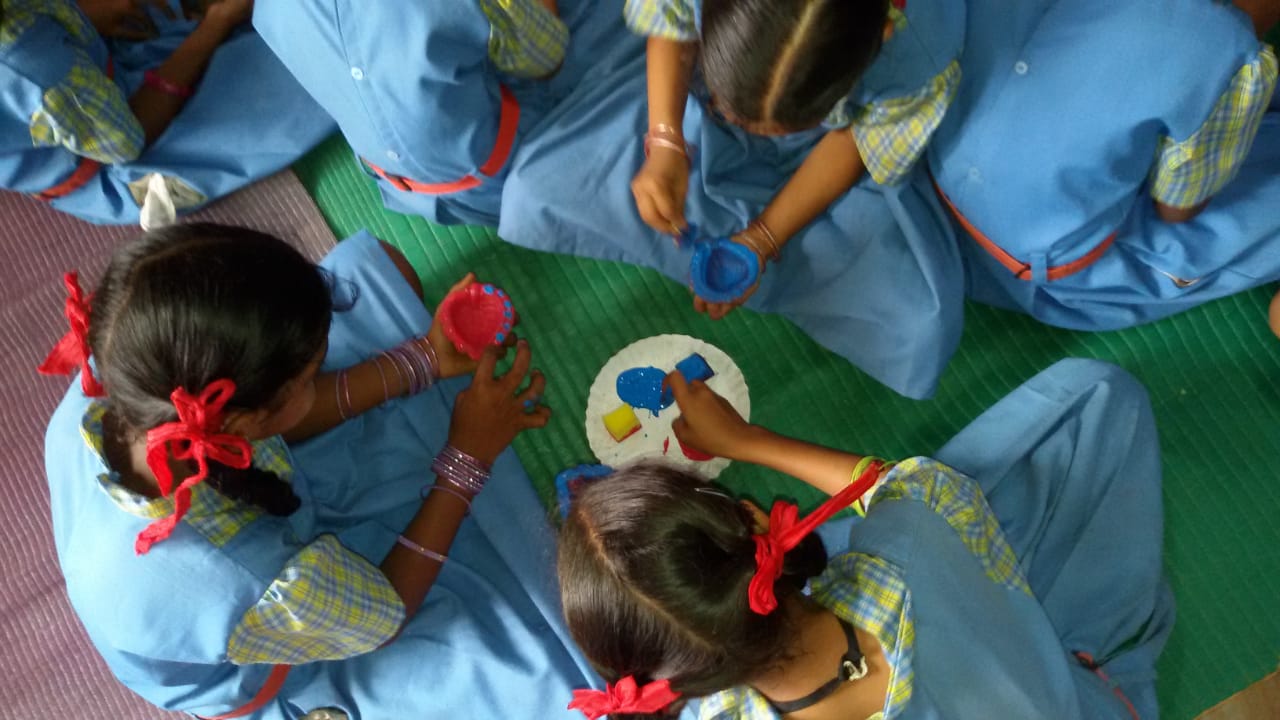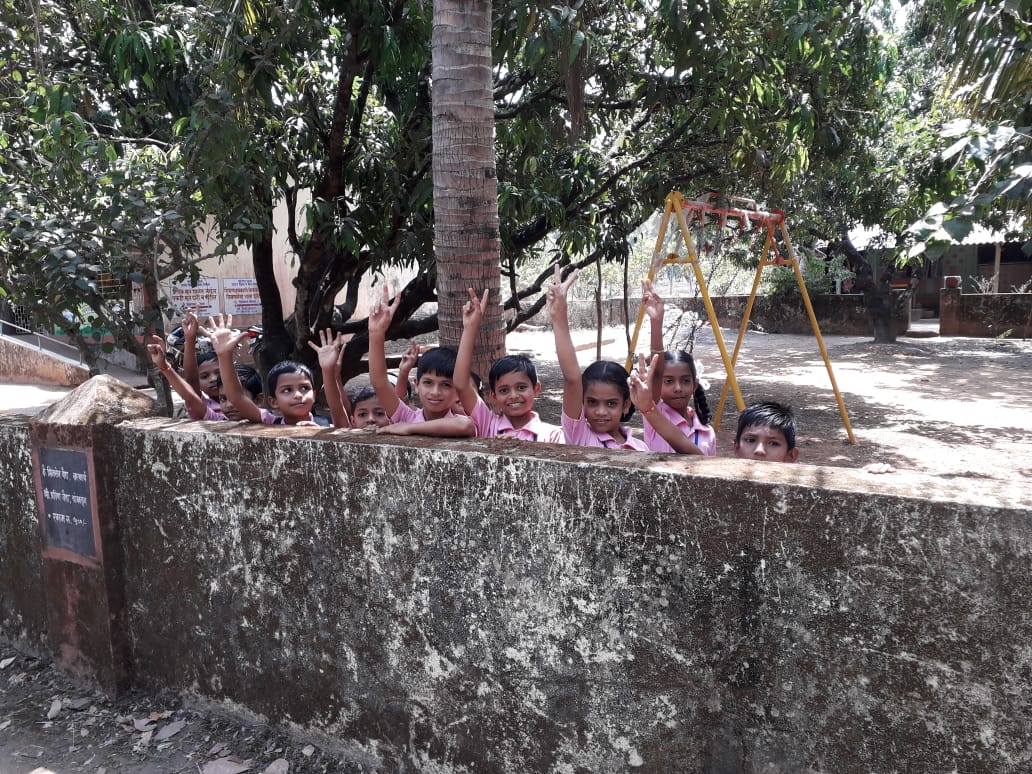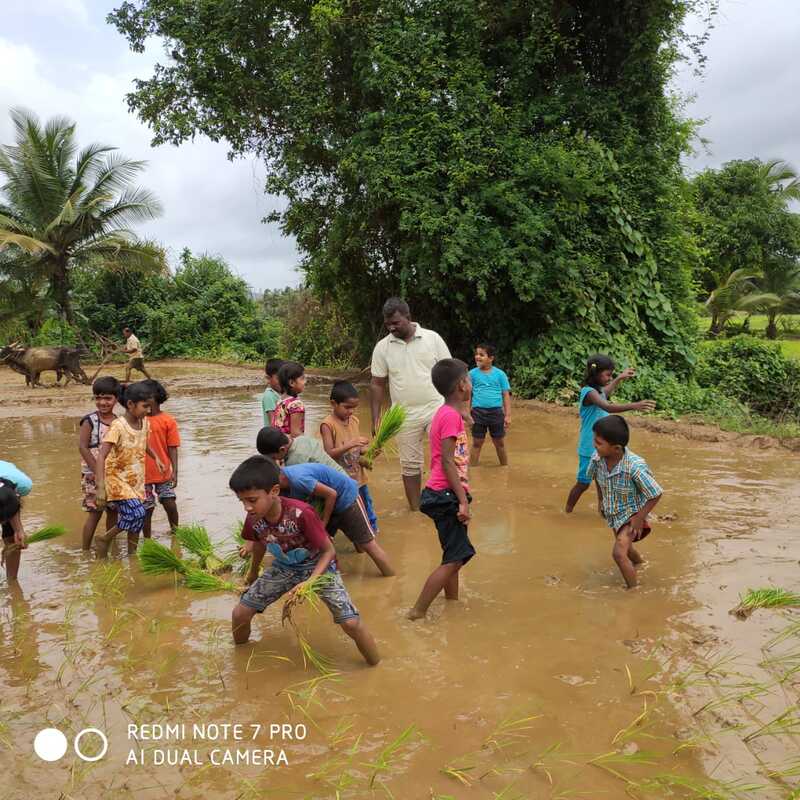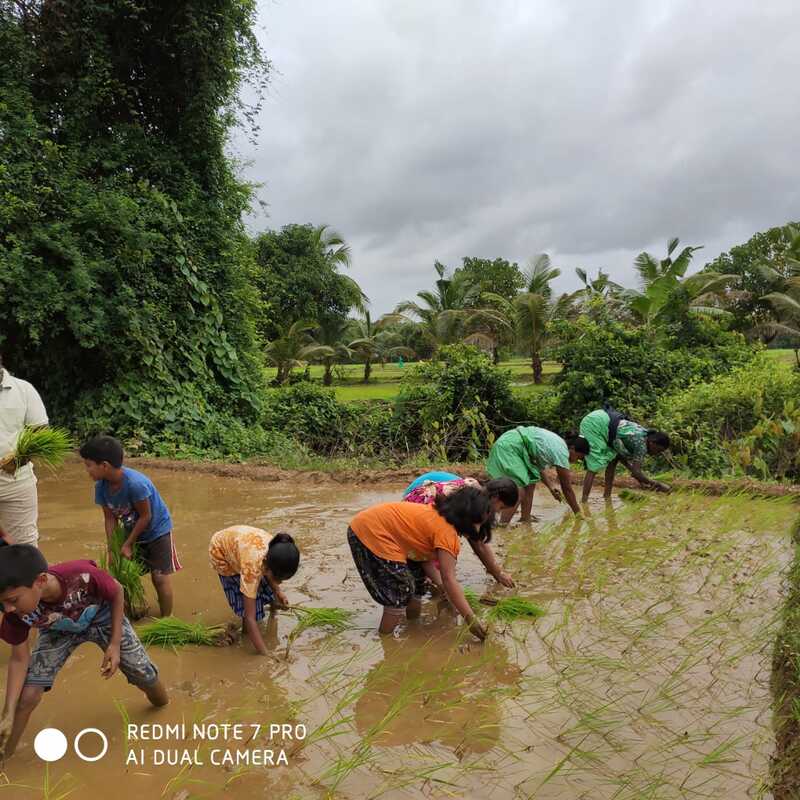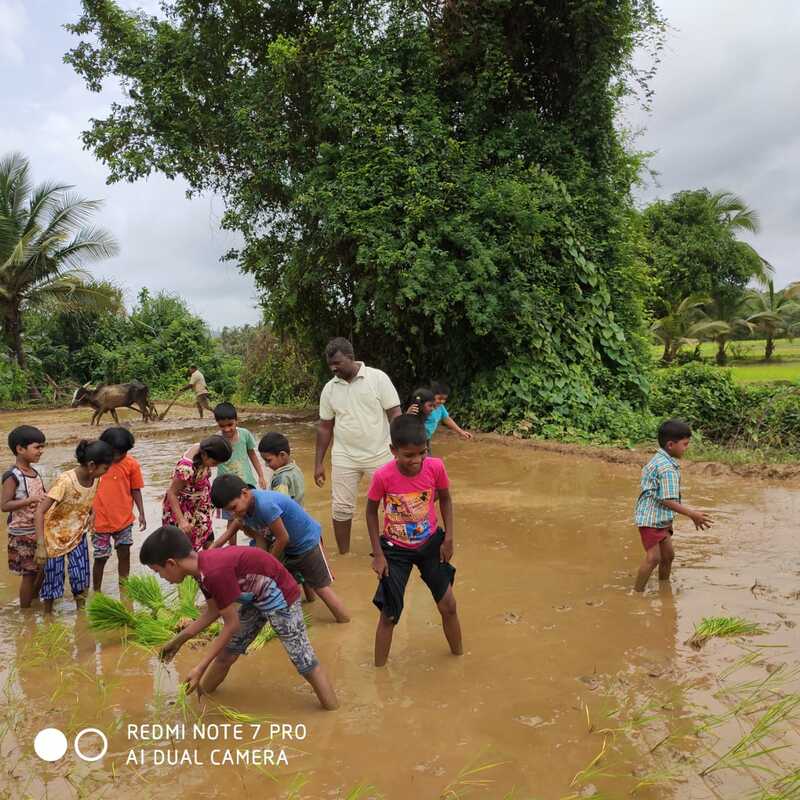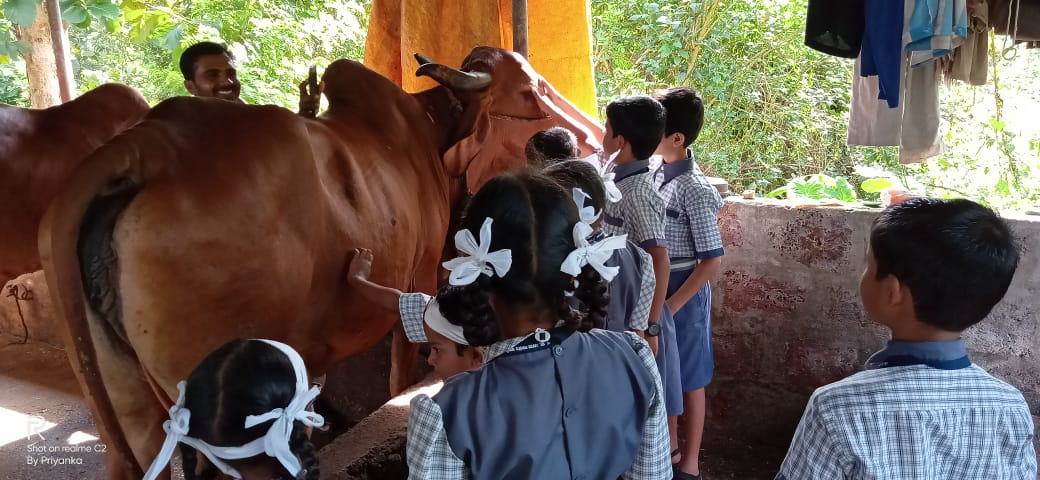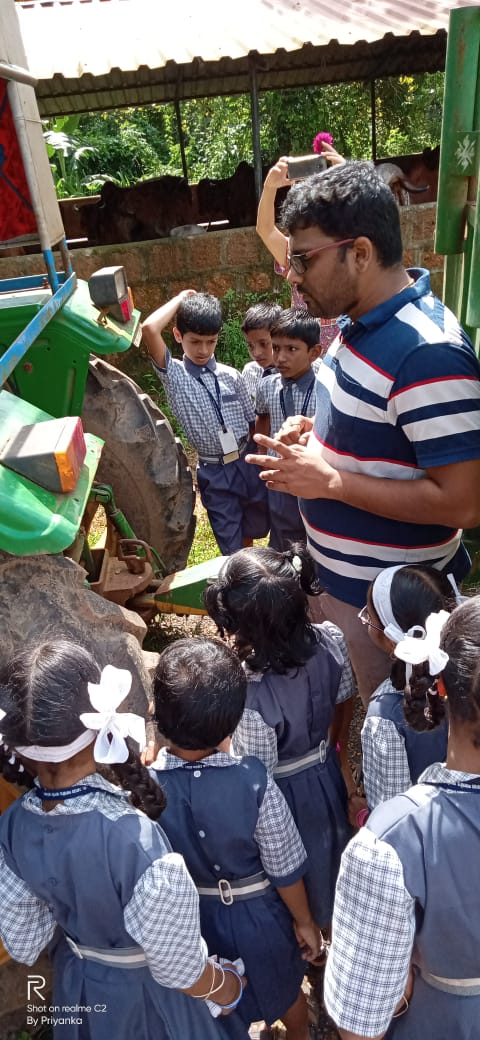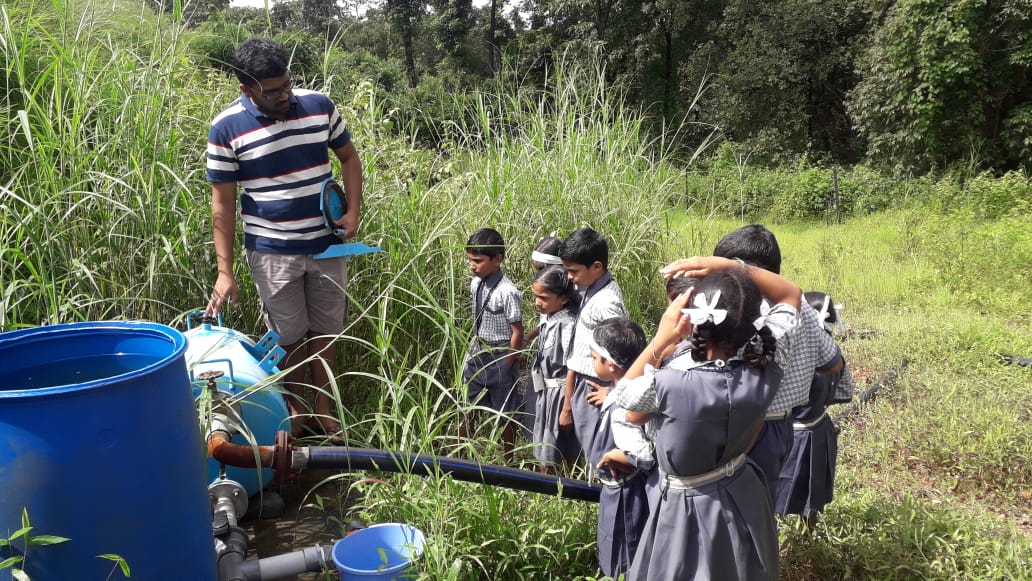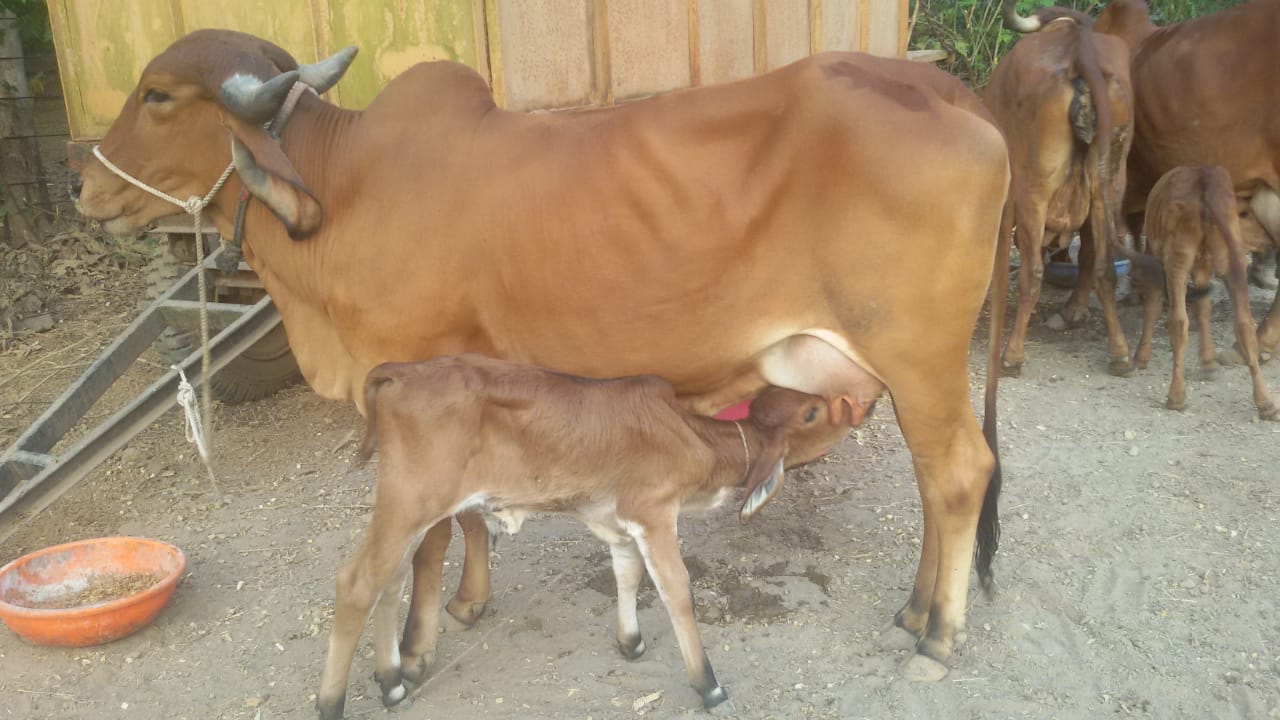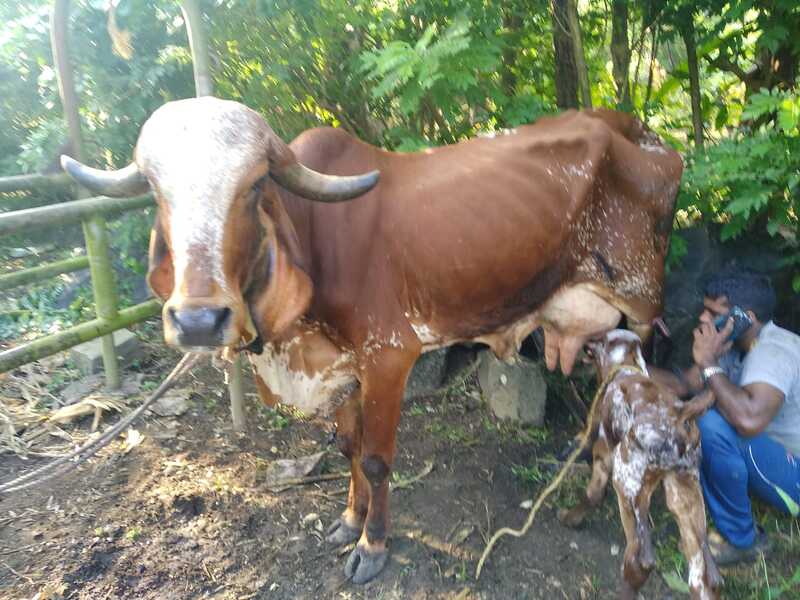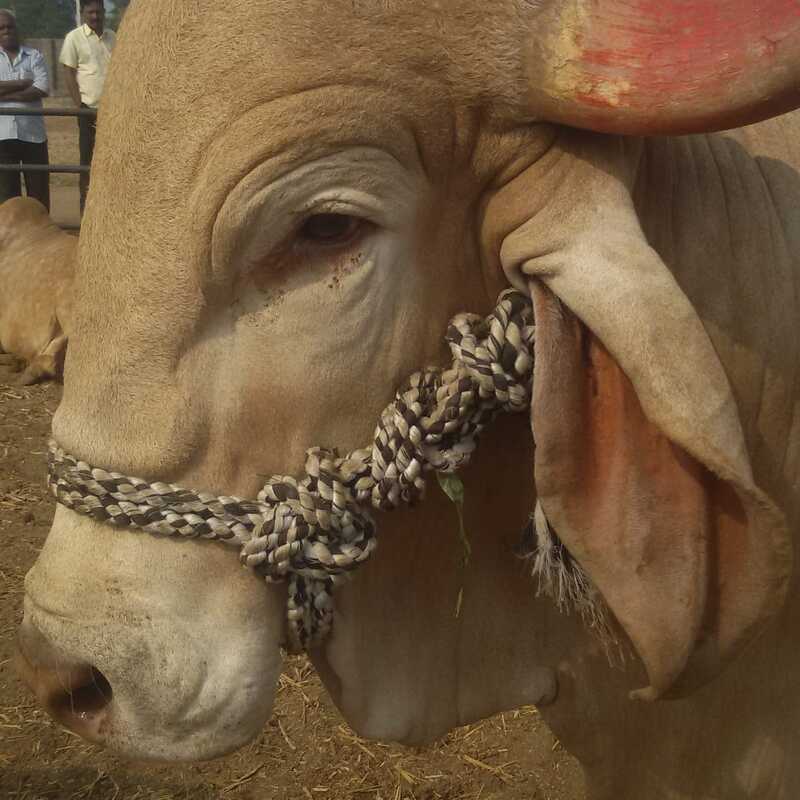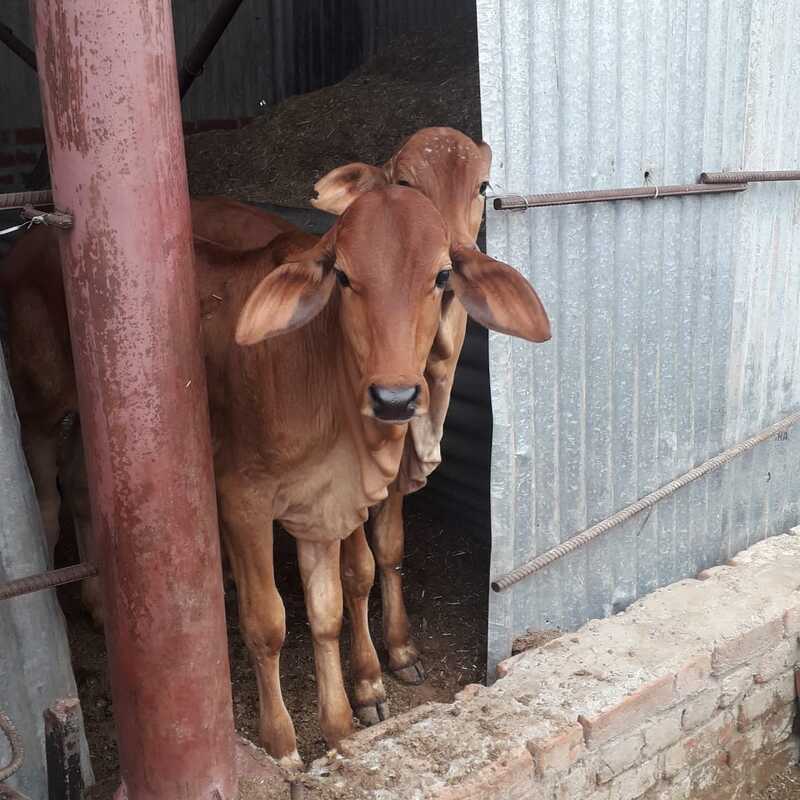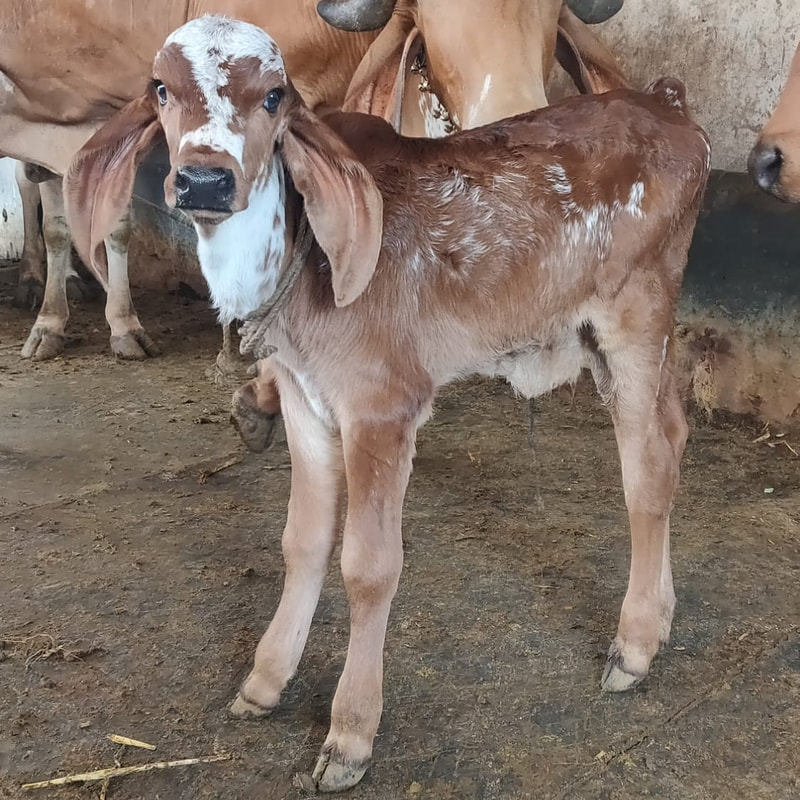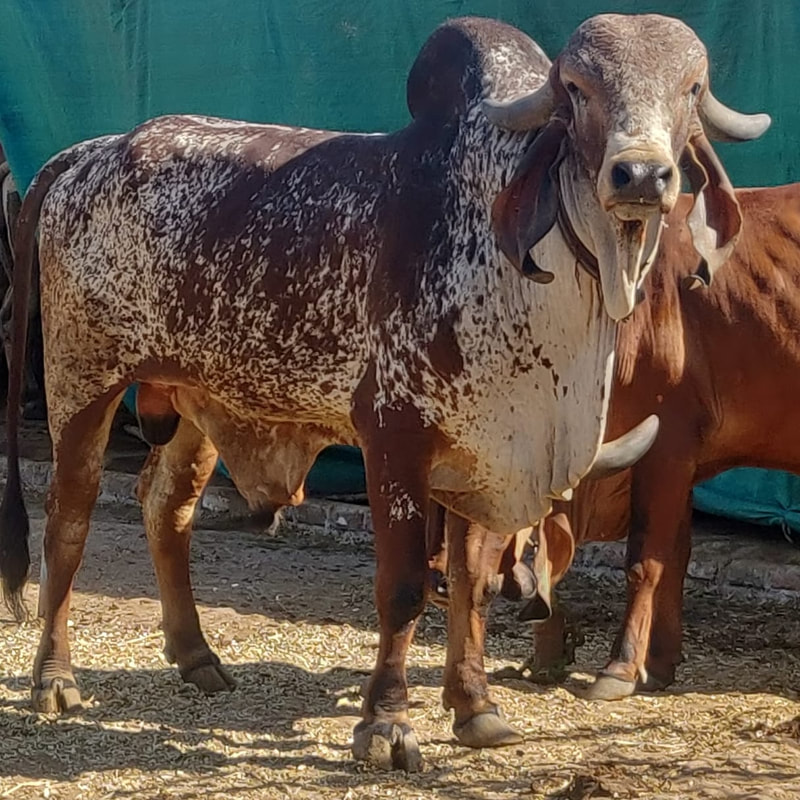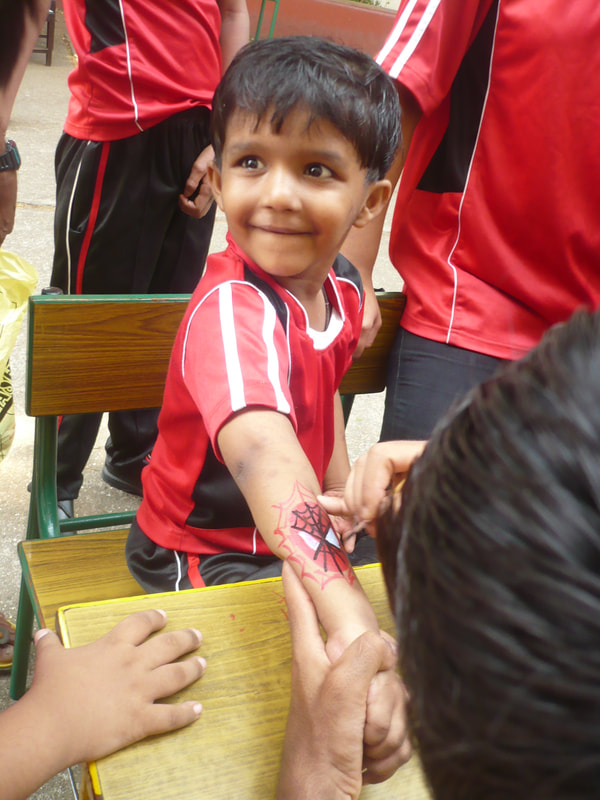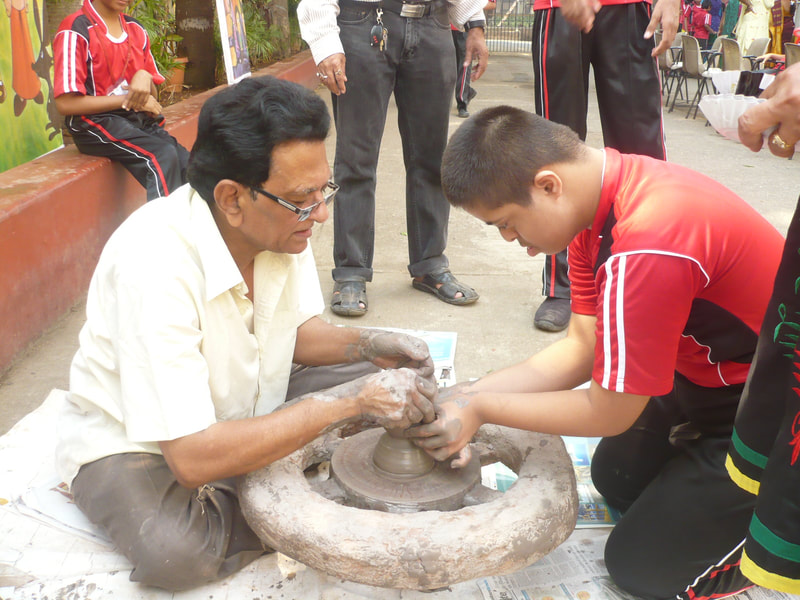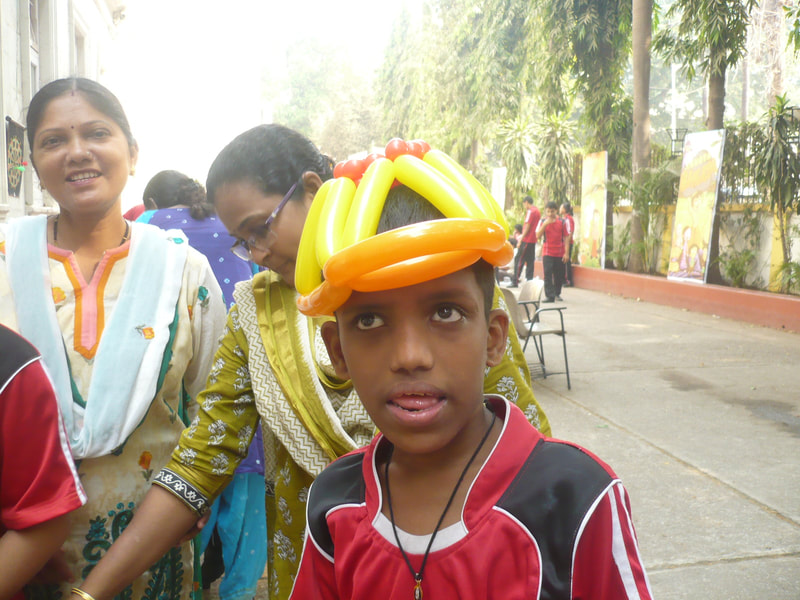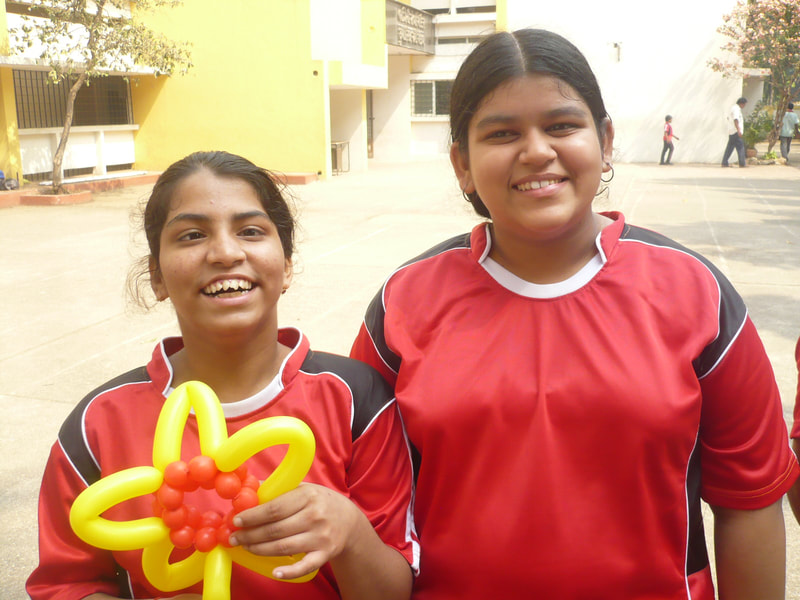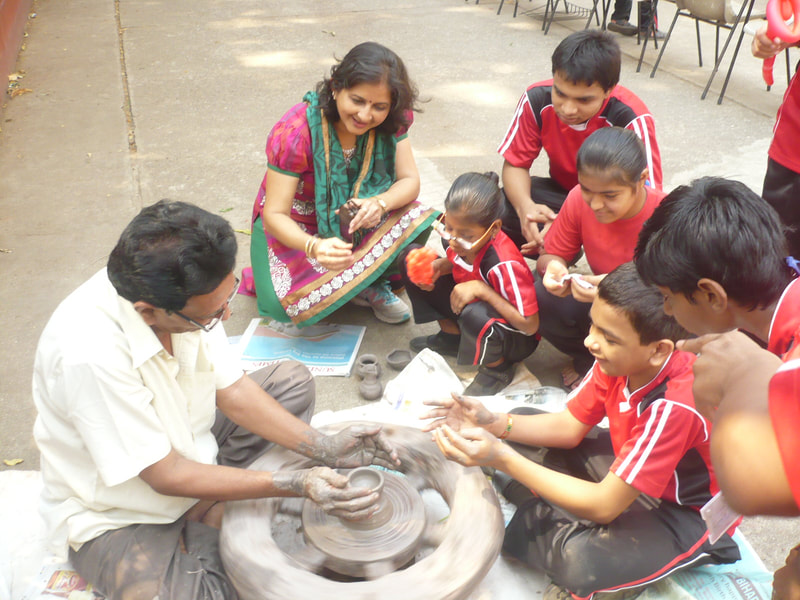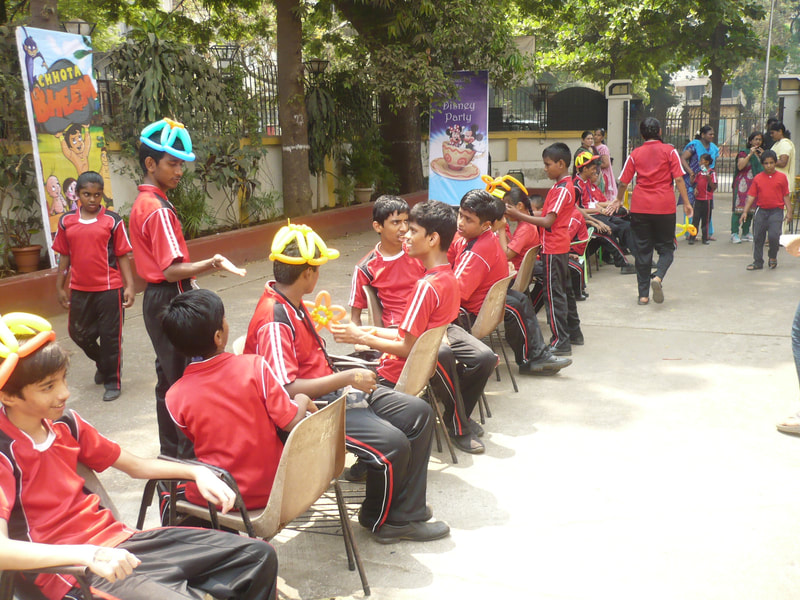Founded in Mumbai in 2013, Akesia is now extending its services to the rural villages along the Maharashtra Konkan belt, specifically in and around Sawantwadi, Sindudurgh District. To this end, we have established the Akesia Charitable Trust, whose mission and purpose is to extend capacity-building programs in the areas of self, society and ecology to southern Maharashtra's agrarian communities.
The Konkan belt offers verdant and pristine natural beauty and a vibrant ancient culture that is still very much alive here. Within such a short distance away from the mega-city of Mumbai, one can walk back in time to the simplicity of a subsistence way of life, yet one that represents the pulse of India with over 60% of her inhabitants living in rural villages.
Contributions will help us deliver quality programs that will uplift this area, with the core mission being to empower rural populations toward a better quality of life so that the choice to remain in their villages and sustain a better living is a viable one. Programs include but are not limited to:
We are partnering with groups outside of India to bring more people to the area to study sustainable living practices as well as the unique bio-diversity of the Konkan Belt. This aspect of our programming will take place in a later phase, once programs are running smoothly, as these visitors will become integral partners in the development and facilitation of the ecology component of our programs.
The Konkan belt offers verdant and pristine natural beauty and a vibrant ancient culture that is still very much alive here. Within such a short distance away from the mega-city of Mumbai, one can walk back in time to the simplicity of a subsistence way of life, yet one that represents the pulse of India with over 60% of her inhabitants living in rural villages.
Contributions will help us deliver quality programs that will uplift this area, with the core mission being to empower rural populations toward a better quality of life so that the choice to remain in their villages and sustain a better living is a viable one. Programs include but are not limited to:
- preventive health clinics
- financial management programs
- legal aid
- vocational training
- women's entrepreneurial initiatives
- children's education and access to technology
- access to renewable energy projects including solar, gobar gas, rainwater harvesting
- capacity building for farmers
We are partnering with groups outside of India to bring more people to the area to study sustainable living practices as well as the unique bio-diversity of the Konkan Belt. This aspect of our programming will take place in a later phase, once programs are running smoothly, as these visitors will become integral partners in the development and facilitation of the ecology component of our programs.
The work of the trust empowers India's lifeblood - its rural villages where over 60% of its population resides - to uplift self, society, ecology.
The Digital Classroom
In today's urban society, students have access to all things technological, from smartphones and tablets to social media and access to a world of information on the internet. These tools are used to motivate the learning process and help make students want to learn, as well as make the learning process fun and exciting. Technology can be used in the classroom to reinforce otherwise complex, abstract math problems, learn about different cultures, tell stories with design and mind-mapping technology, connect children to peers from across the globe, and endless other applications, changing the way children think and learn. This access to technology gives students from urban environments easy advantage over agrarian students who often don't have the budget in their schools to acquire such technology.
In our work with schools in Sindhudurg District, we began exposing students to this technology and observing their reaction to and interaction with this new equipment. While we do not see the integration of technology as a panacea for learning, we have noticed a stark improvement in the students' attention, enthusiasm, and retention. We married hardware with software tools to help schools connect students with the curriculum and complement classroom learning. To date, we have enabled all schools in Pendur Taluka to become digital classrooms, thereby leveling the playing field for students in agrarian communities with those from their peer cities like Mumbai and Pune.
In our work with schools in Sindhudurg District, we began exposing students to this technology and observing their reaction to and interaction with this new equipment. While we do not see the integration of technology as a panacea for learning, we have noticed a stark improvement in the students' attention, enthusiasm, and retention. We married hardware with software tools to help schools connect students with the curriculum and complement classroom learning. To date, we have enabled all schools in Pendur Taluka to become digital classrooms, thereby leveling the playing field for students in agrarian communities with those from their peer cities like Mumbai and Pune.
English as a Second Language through Arts and Crafts
Our goal with art is to help our kids achieve a state of FLOW. Mihaly Csikszentmihalyi discovered that people (yes even little ones) find genuine satisfaction during a state of consciousness called FLOW. In this state they are completely absorbed in an activity, especially an activity which involves their creative abilities. During this “optimal experience” they feel “strong, alert, in effortless control, unselfconscious, and at the peak of their abilities.” In the footsteps of Maslow, Csikszentmihalyi insists that happiness does not simply happen. It must be prepared for and cultivated by each person, by setting challenges that are neither too demanding nor too simple for one's abilities.
Future Farmers of India
India's lifeblood resides in its villages. According to a 2011 census, 833 million reside in rural areas, while 377 million live in the cities. One potentially devastating factor that the agrarian sector in India faces is that the next generation of village dwellers seek better opportunities in higher education and employment outside of the villages. Unless you are a landowner with real wealth and can hire people to work for you, the villages offer no real employment and these youth from the poorer village families don't want to work in the fields. Unfortunately, this does not always go as planned for these young people, as many have few or no skills to work in the urban sector and end up only able to find jobs as wage laborers. This does not fare well for either the overcrowded cities who have to absorb this mass influx of humanity, or the migrants who end up earning very low wages and residing in less than desirable conditions. Furthermore, this exodus of youth from India's villages means that there is no one to take over their parents' role as farmers.
In this 'Future Farmers of India' project, we have integrated into the school curriculum opportunities for students to learn more about the agriculture sector and expose classrooms to entrepreneurial ventures in the sector.
In this 'Future Farmers of India' project, we have integrated into the school curriculum opportunities for students to learn more about the agriculture sector and expose classrooms to entrepreneurial ventures in the sector.
Farmer Sustainability
Since time immemorial, India has been an agrarian country and the Cow has been its backbone. When fertilizers and tractors were unknown, the bull was the only implement used to plough and fertilize the fields. Without cows, agriculture would not have been possible. Cows provided the source of fertilizer (cow dung compost) while bulls ploughed the land. Additionally, cows provided milk and milk based products, which helped sustain farming families economically.
The last few decades - and notably since the Green Revolution which spawned further usage of chemical fertilizers, pesticides and tractors - have dealt a massive blow to the importance of cows in agriculture. While productivity levels have improved in short term, the movement has damaged the farming ecosystem (diminished soil fertility, eroded water tables and increased cost = shrinking returns to farmers - not only are the artificial chemical fertilizers damaging the soil and water, but they are also very expensive when compared to cow-based natural fertilizers) and forced farmers to abandon traditional methods of farming. The damage has been so extensive that now it requires a major overhaul, for which cow-based organic farming is a powerful remedy. Due to this dangerous drive for usage of high productivity crops and chemical fertilizers, farmers have been lured into believing that they don't need cows anymore. This has only served to accentuate the agrarian crisis, leading to literally thousands of farmer suicides and banks who lend money to them in distress.
We have explored ways in which we can help bring light to this aspect of the agrarian crisis, as it is integral to the sustainability of farmers in India. Identifying and refining the breeds, studying ways to establish and teach best practices and improve the care and feeding of cows, developing education programs, better understanding and advocating for resources provided by the government schemes and NGOs, establishing a cooperative to bring farmers' cow-based products to market are just some of our activities and 2020 will bring growth in this area of our work toward uplifting agrarian communities.
The last few decades - and notably since the Green Revolution which spawned further usage of chemical fertilizers, pesticides and tractors - have dealt a massive blow to the importance of cows in agriculture. While productivity levels have improved in short term, the movement has damaged the farming ecosystem (diminished soil fertility, eroded water tables and increased cost = shrinking returns to farmers - not only are the artificial chemical fertilizers damaging the soil and water, but they are also very expensive when compared to cow-based natural fertilizers) and forced farmers to abandon traditional methods of farming. The damage has been so extensive that now it requires a major overhaul, for which cow-based organic farming is a powerful remedy. Due to this dangerous drive for usage of high productivity crops and chemical fertilizers, farmers have been lured into believing that they don't need cows anymore. This has only served to accentuate the agrarian crisis, leading to literally thousands of farmer suicides and banks who lend money to them in distress.
We have explored ways in which we can help bring light to this aspect of the agrarian crisis, as it is integral to the sustainability of farmers in India. Identifying and refining the breeds, studying ways to establish and teach best practices and improve the care and feeding of cows, developing education programs, better understanding and advocating for resources provided by the government schemes and NGOs, establishing a cooperative to bring farmers' cow-based products to market are just some of our activities and 2020 will bring growth in this area of our work toward uplifting agrarian communities.
Akesia's Work with Special Needs Communities
Through the Akesia Charitable Trust, Akesia Whole Child works with the Maharashtra Nature Park in Mumbai to deliver programs to the children of the adjacent Dharavi slums, and with local and village special needs schools to provide programs to children with disabilities or limited ability to pay.

